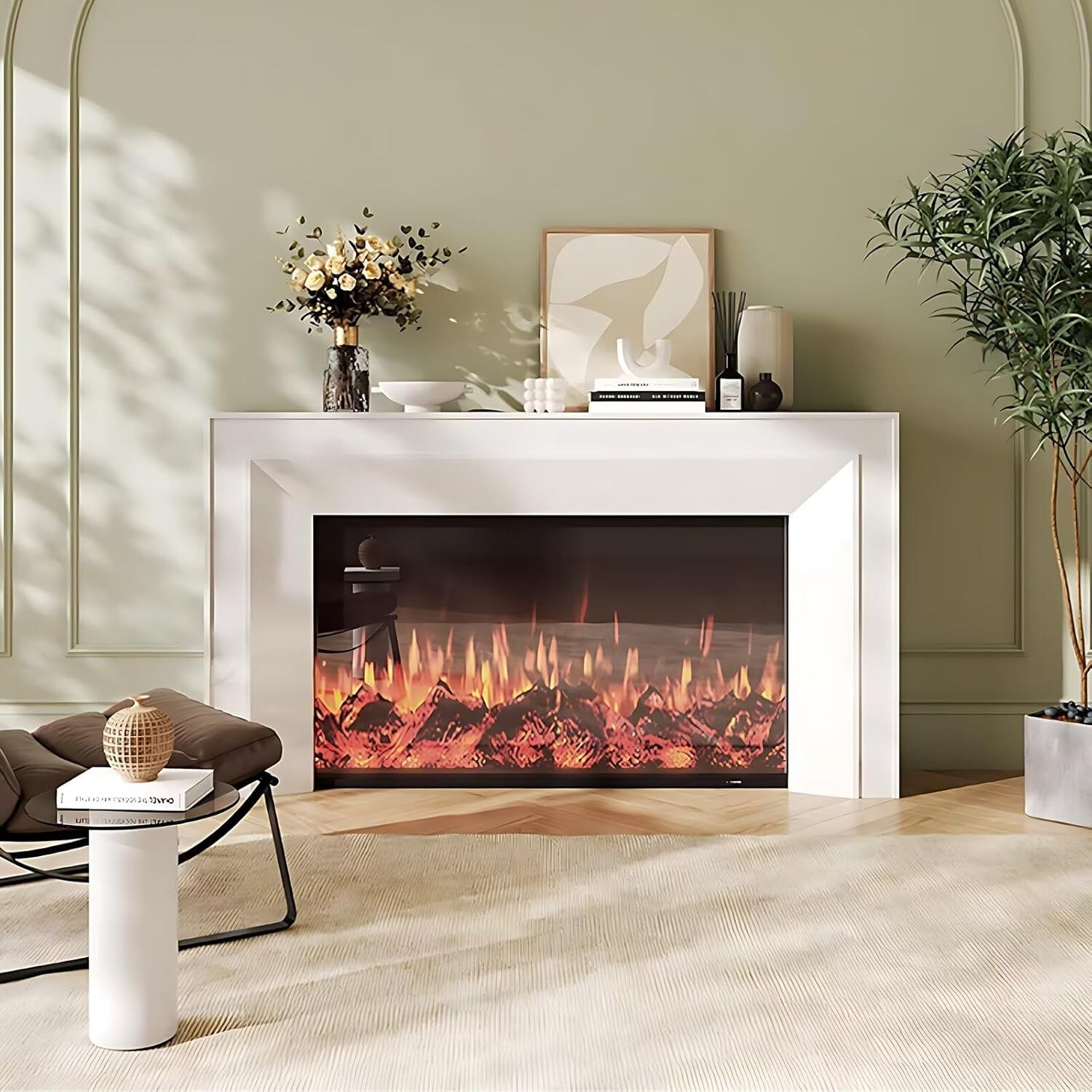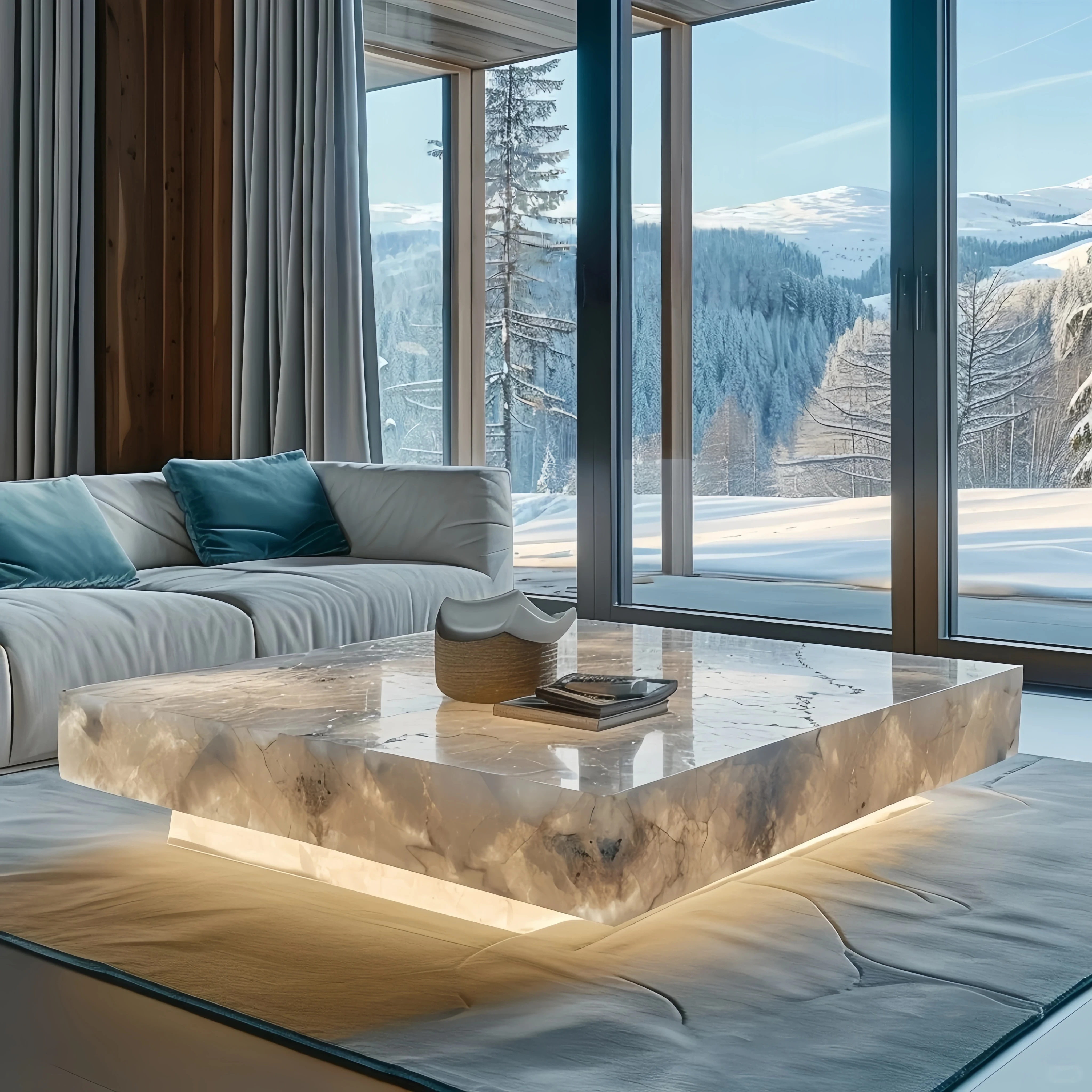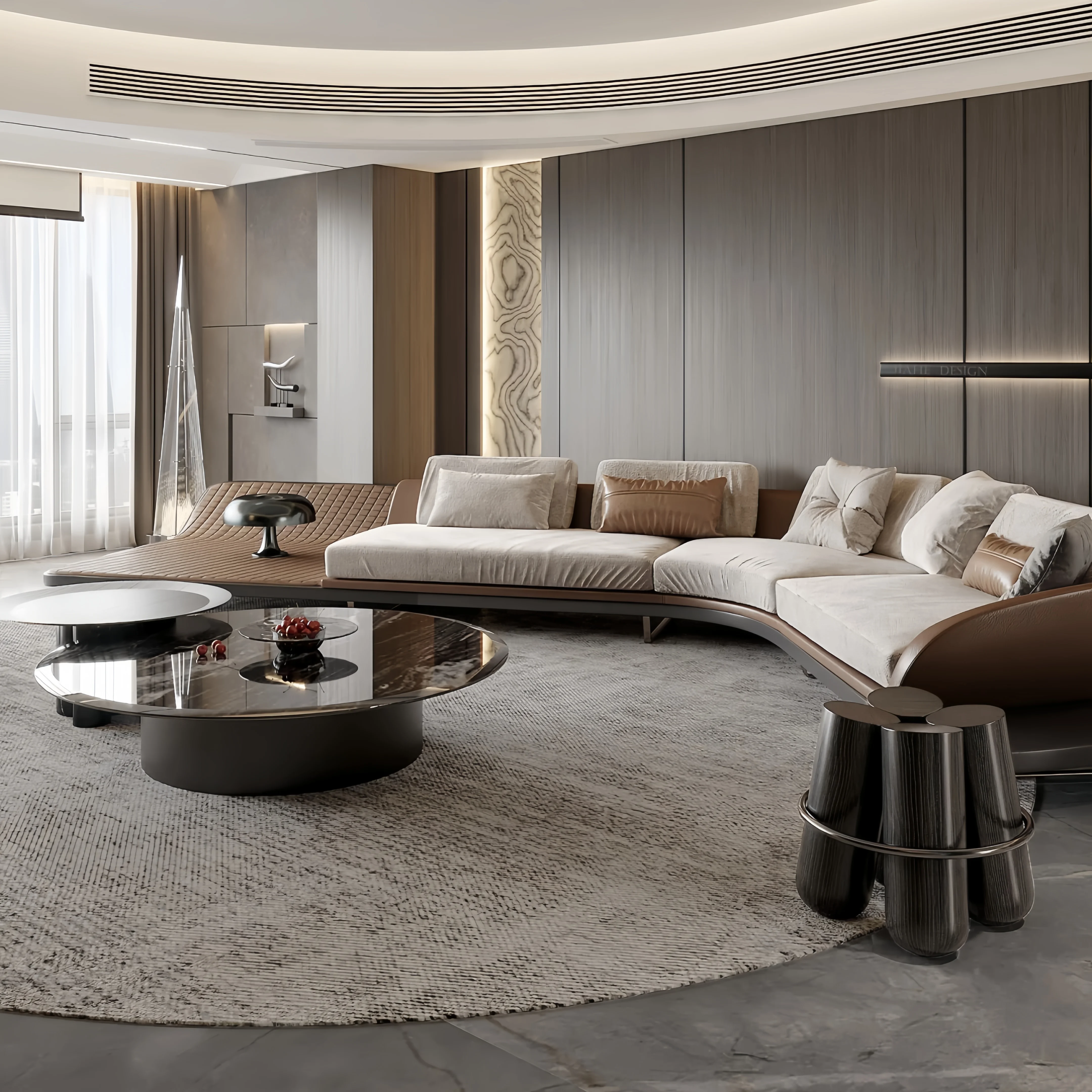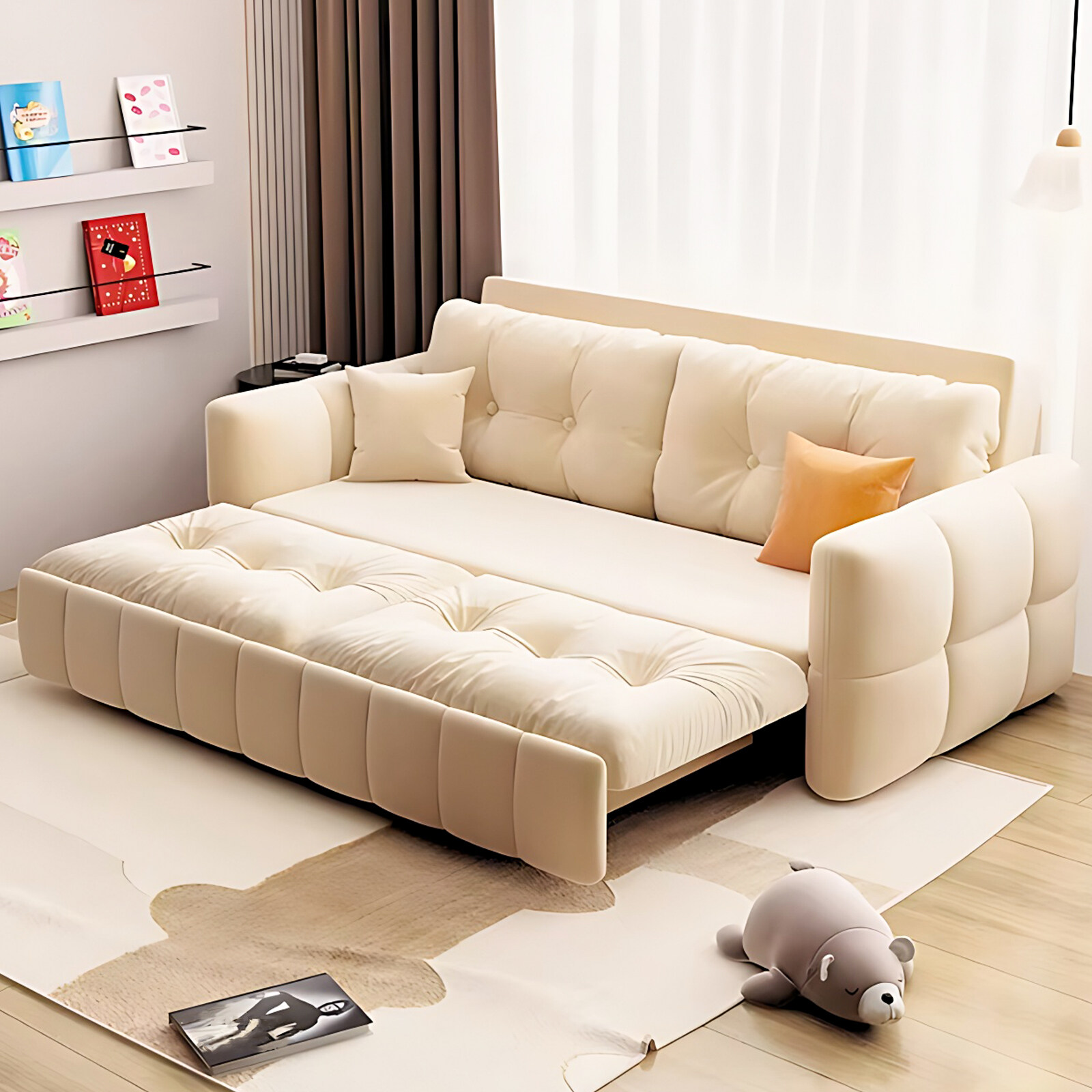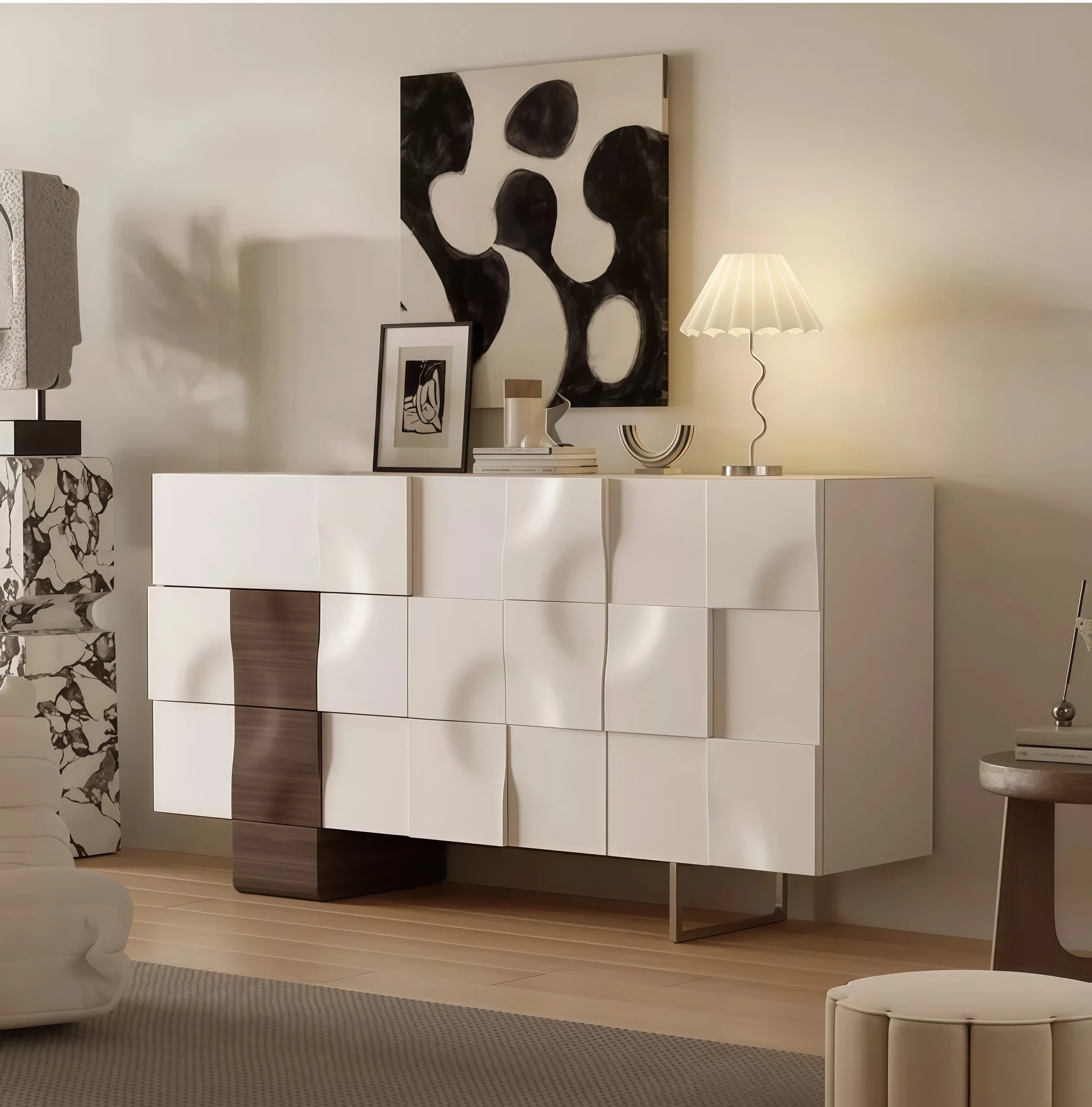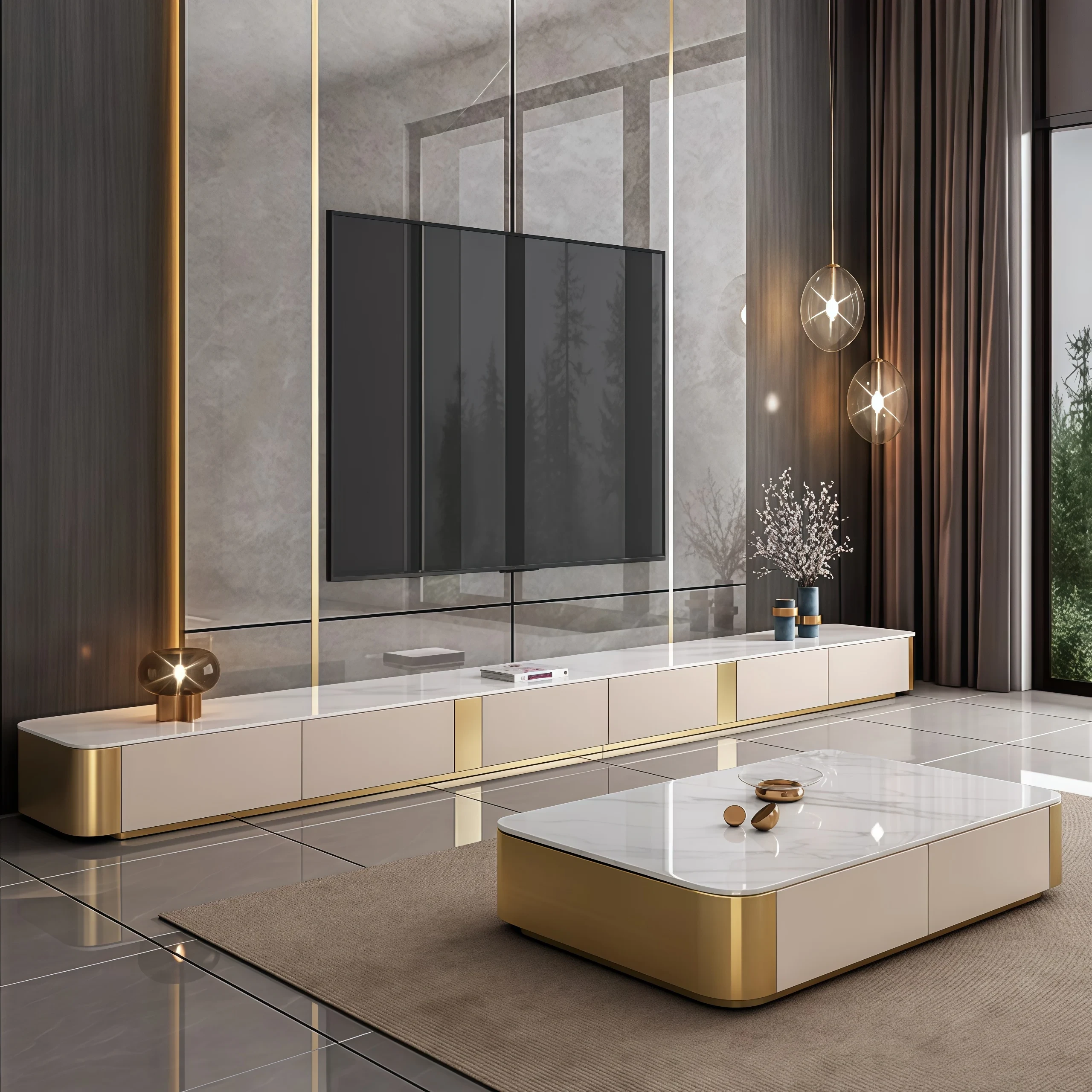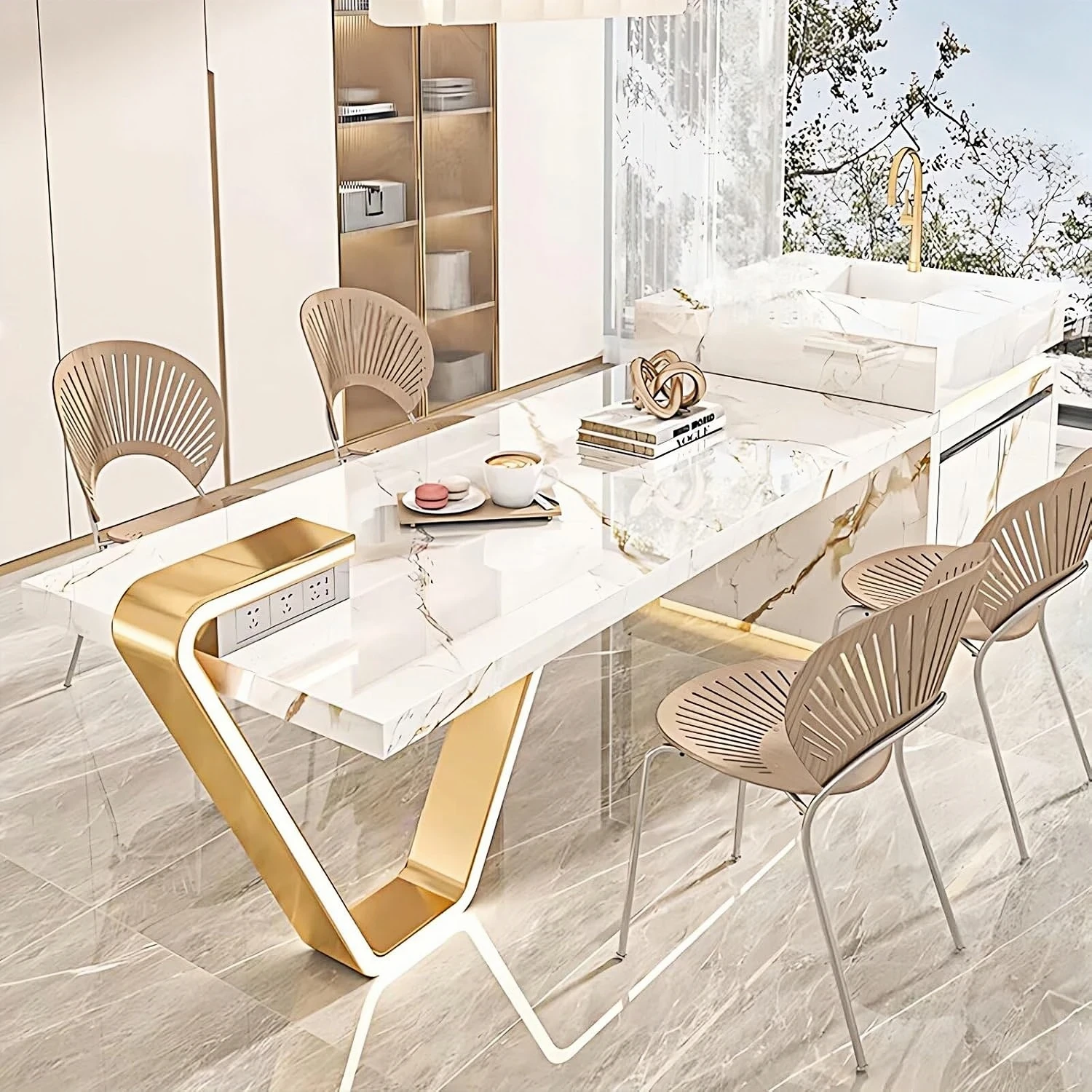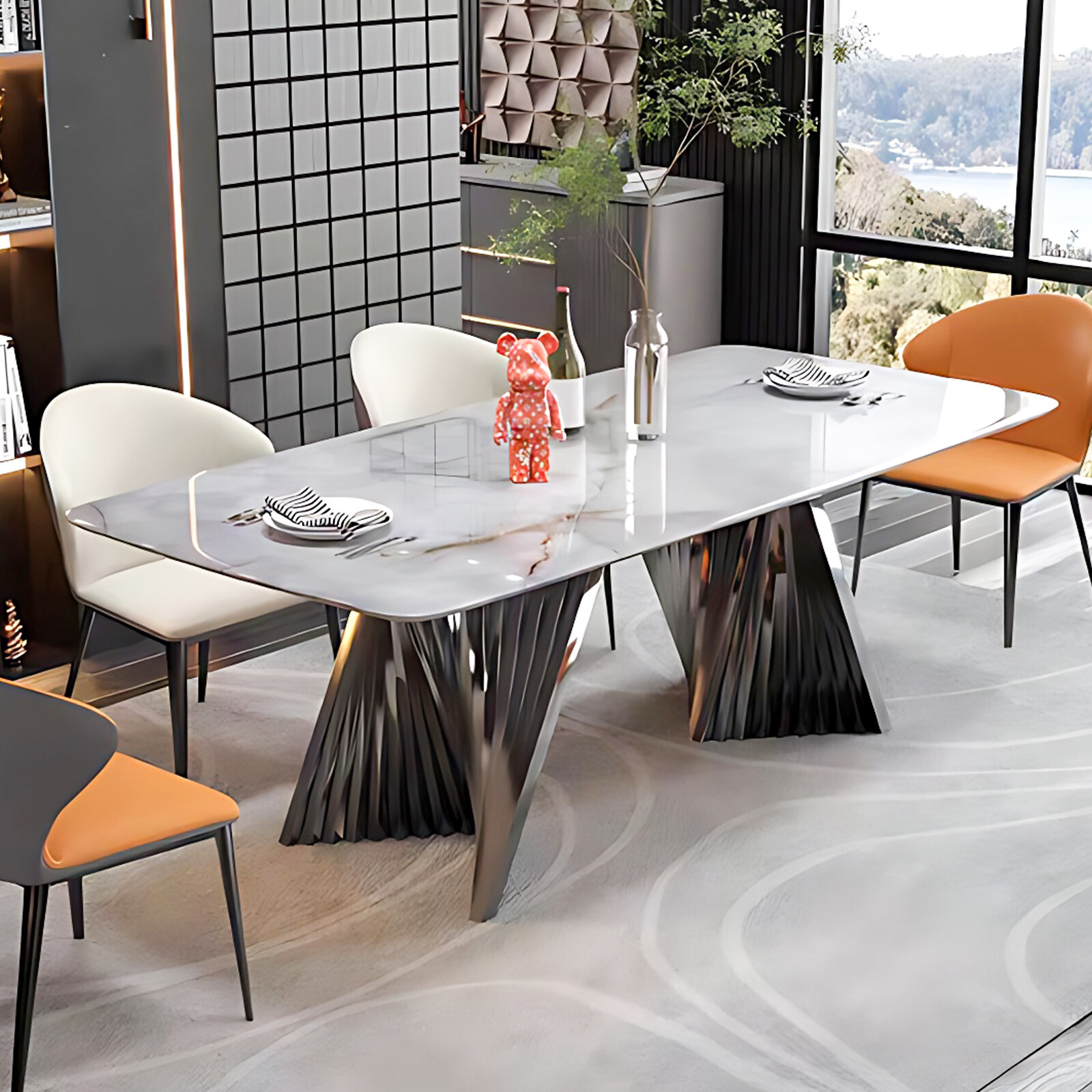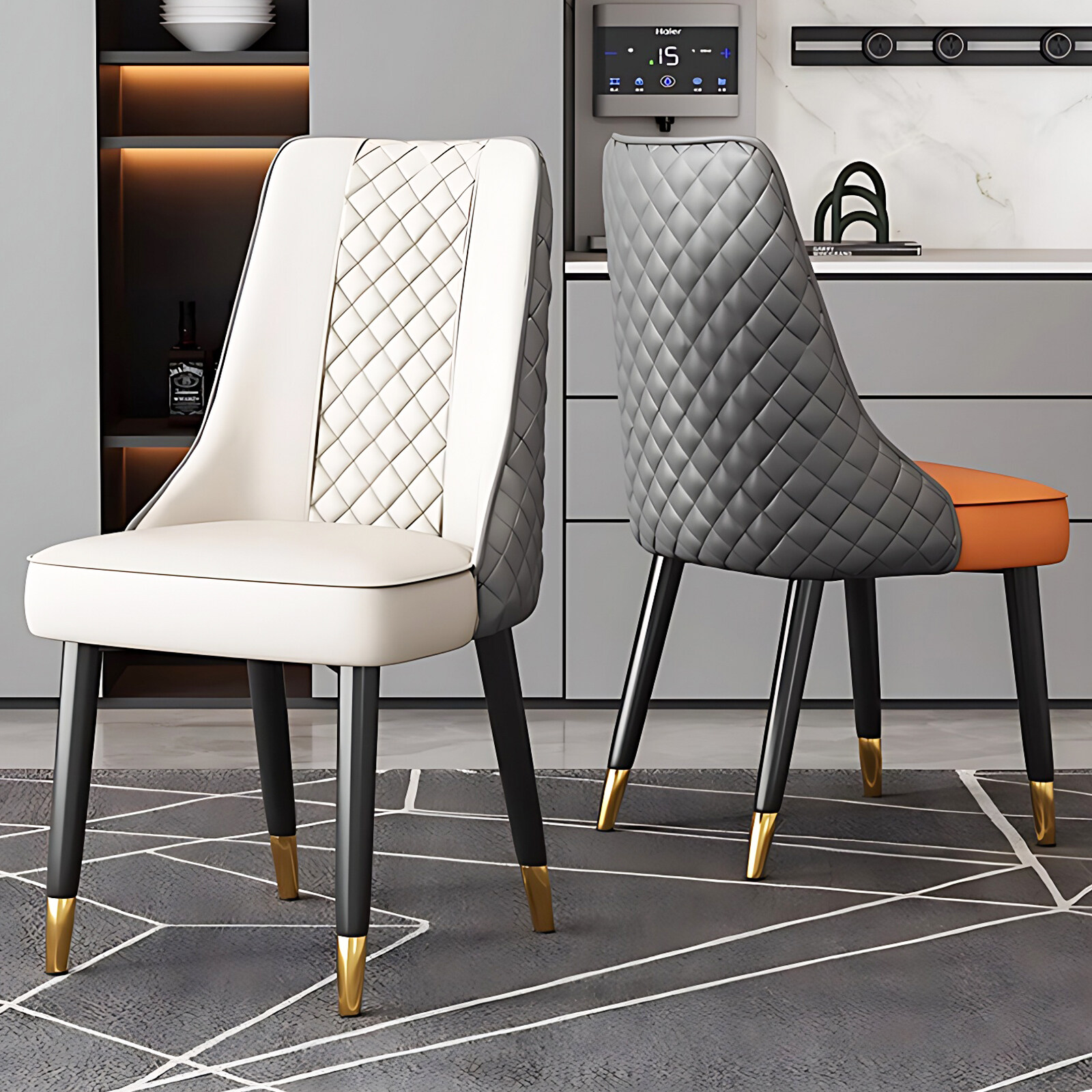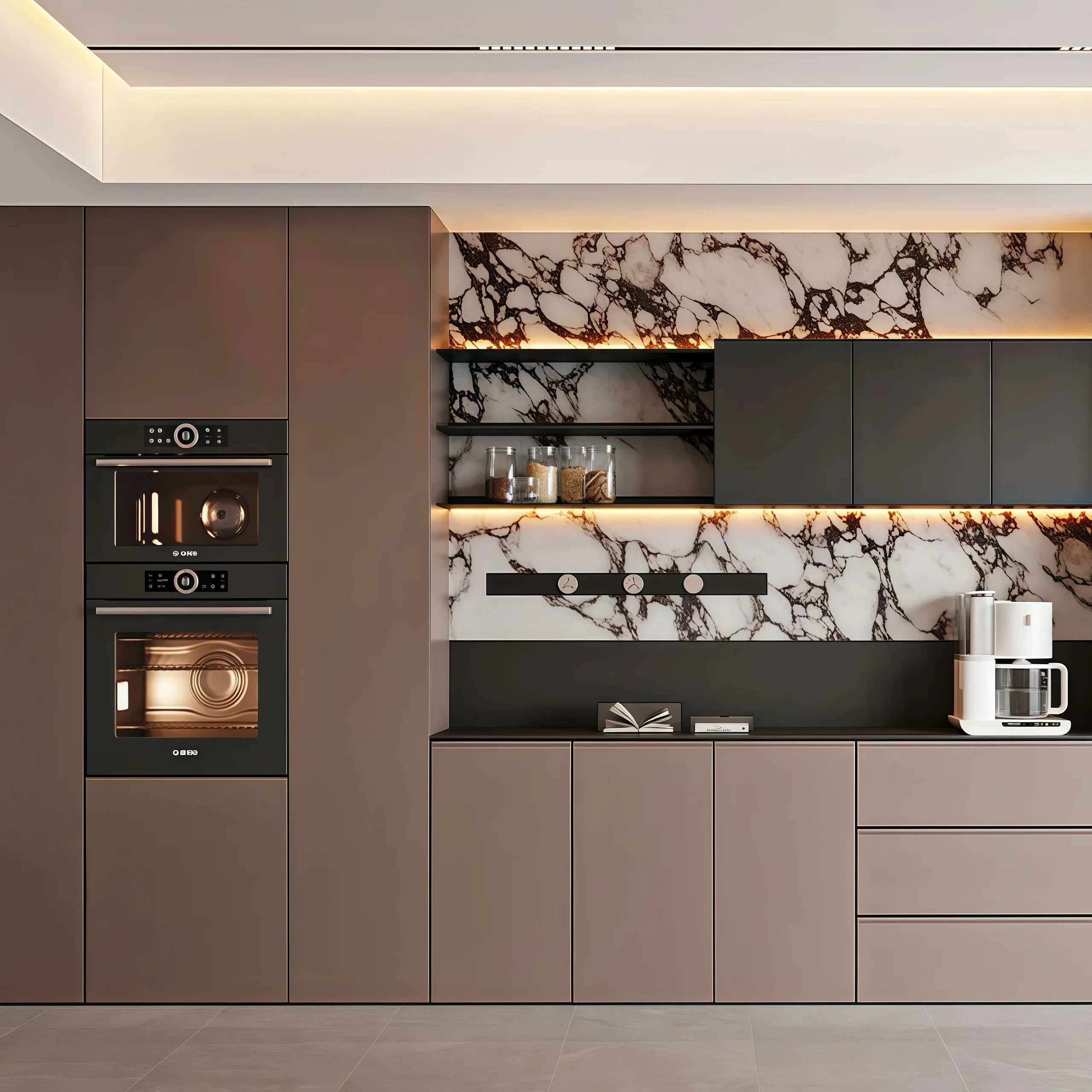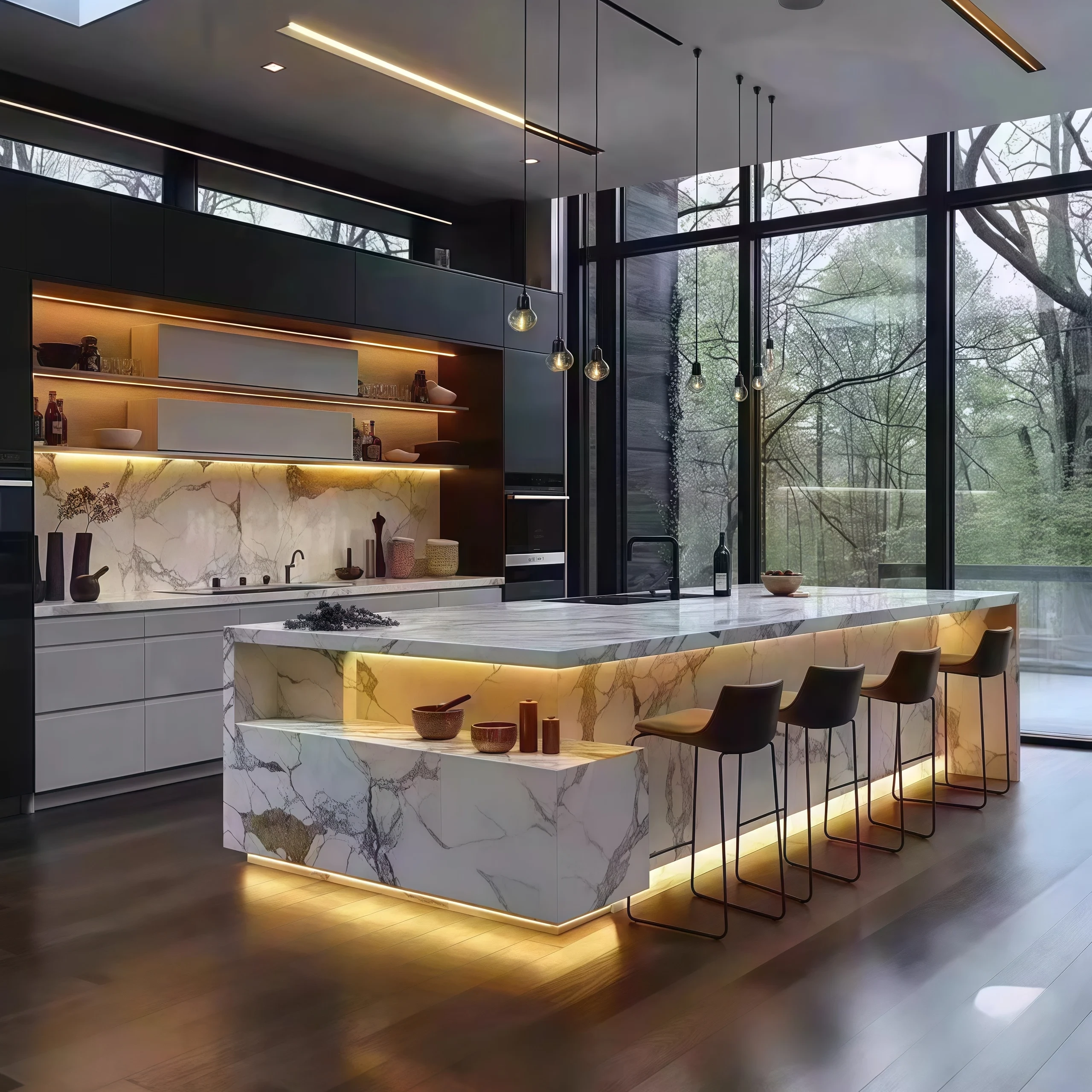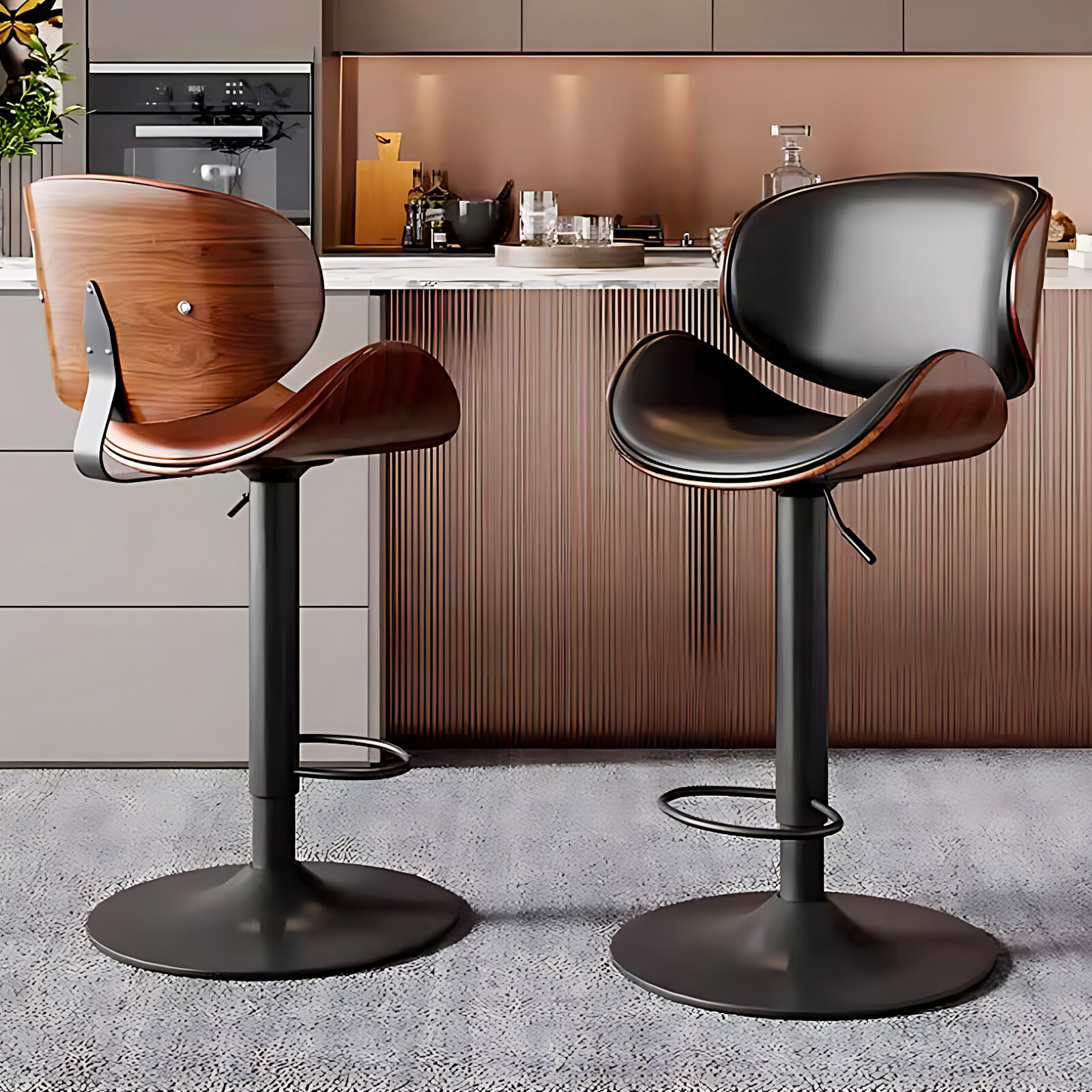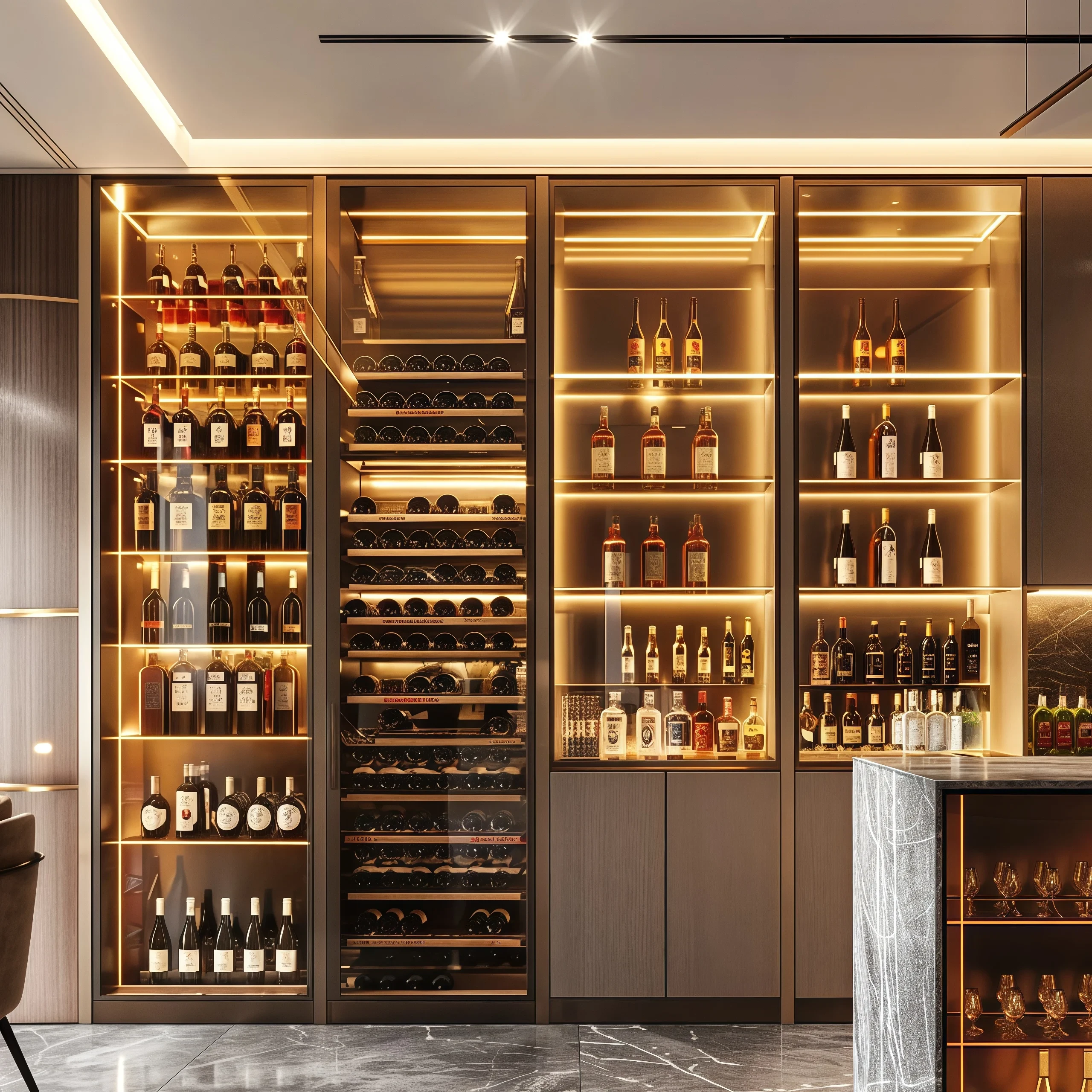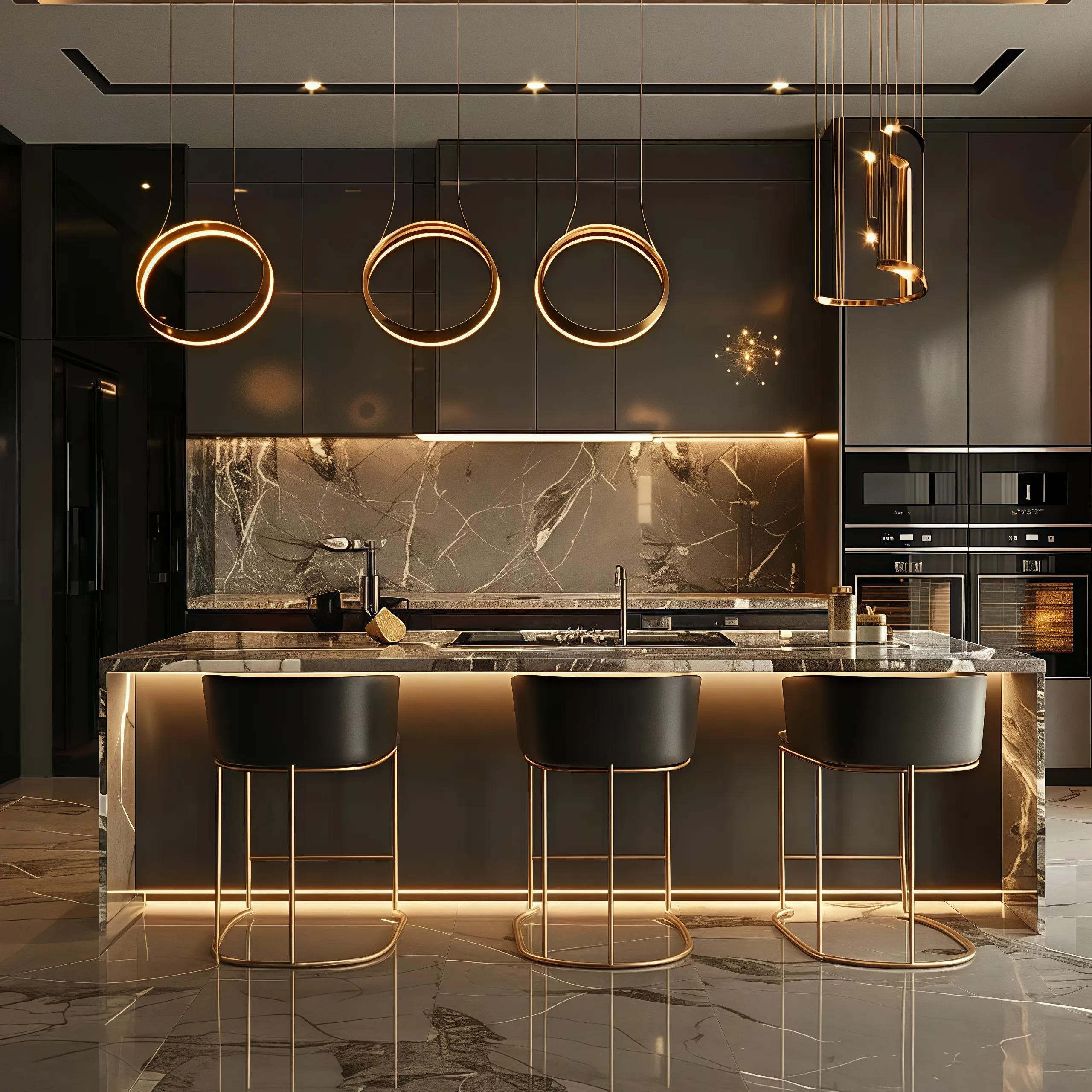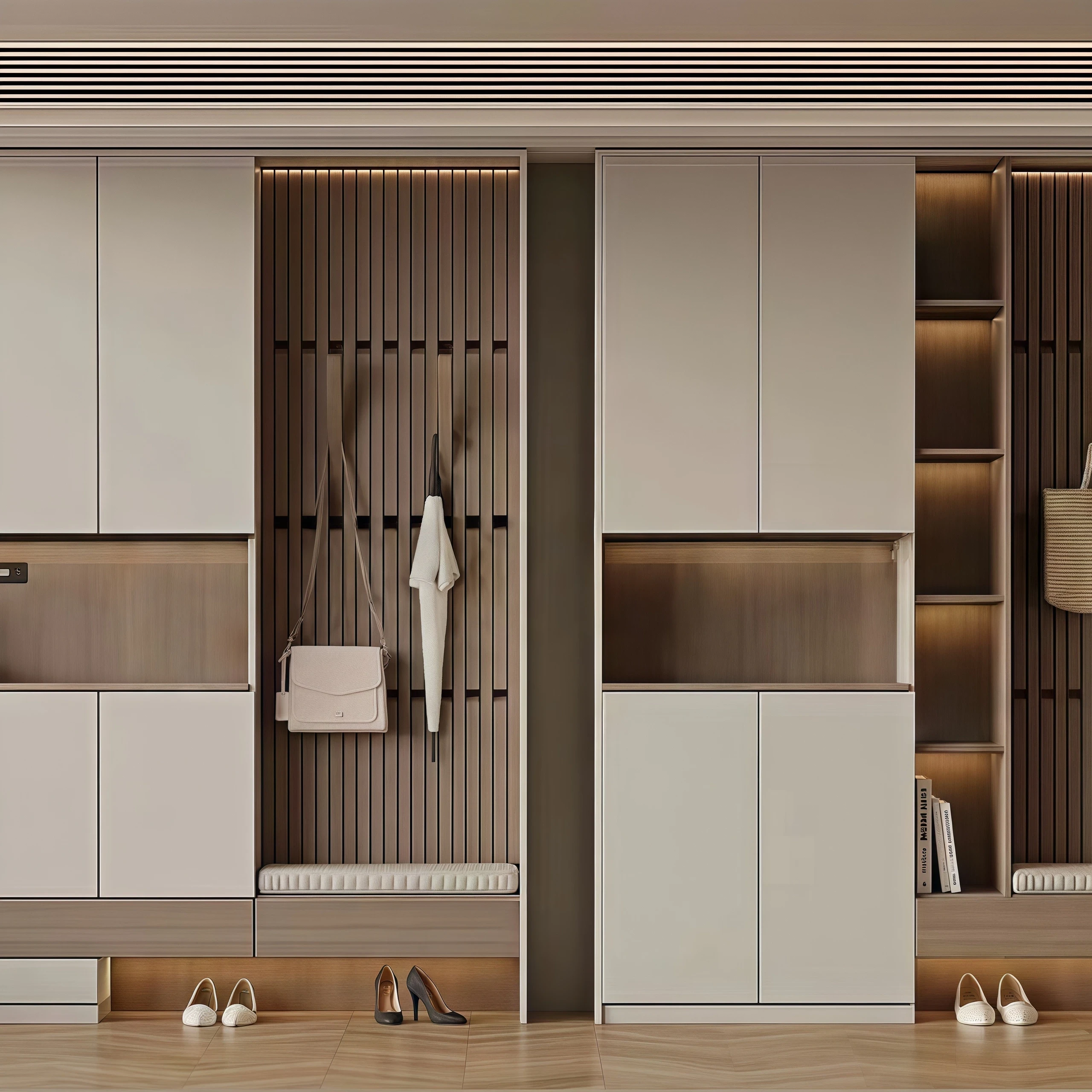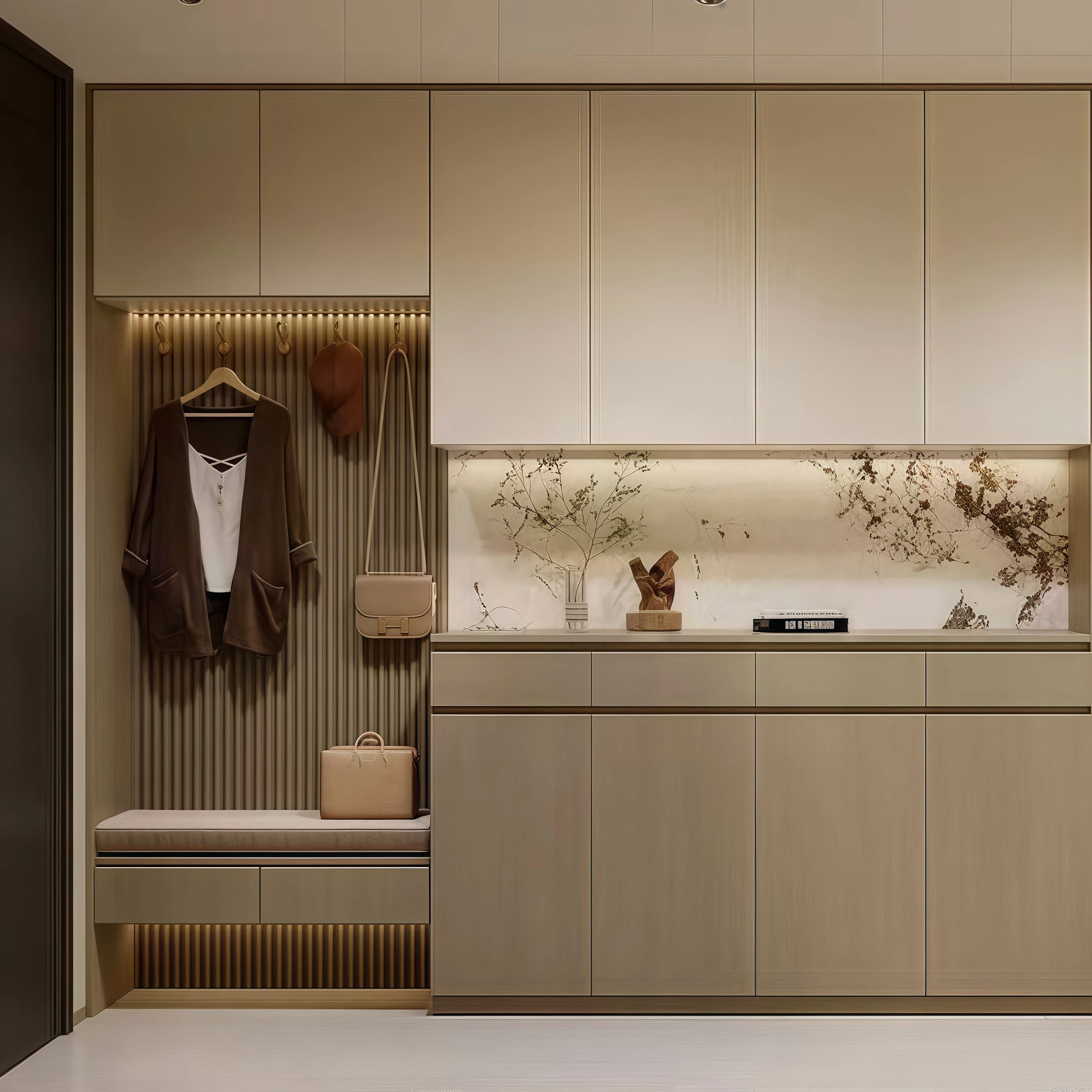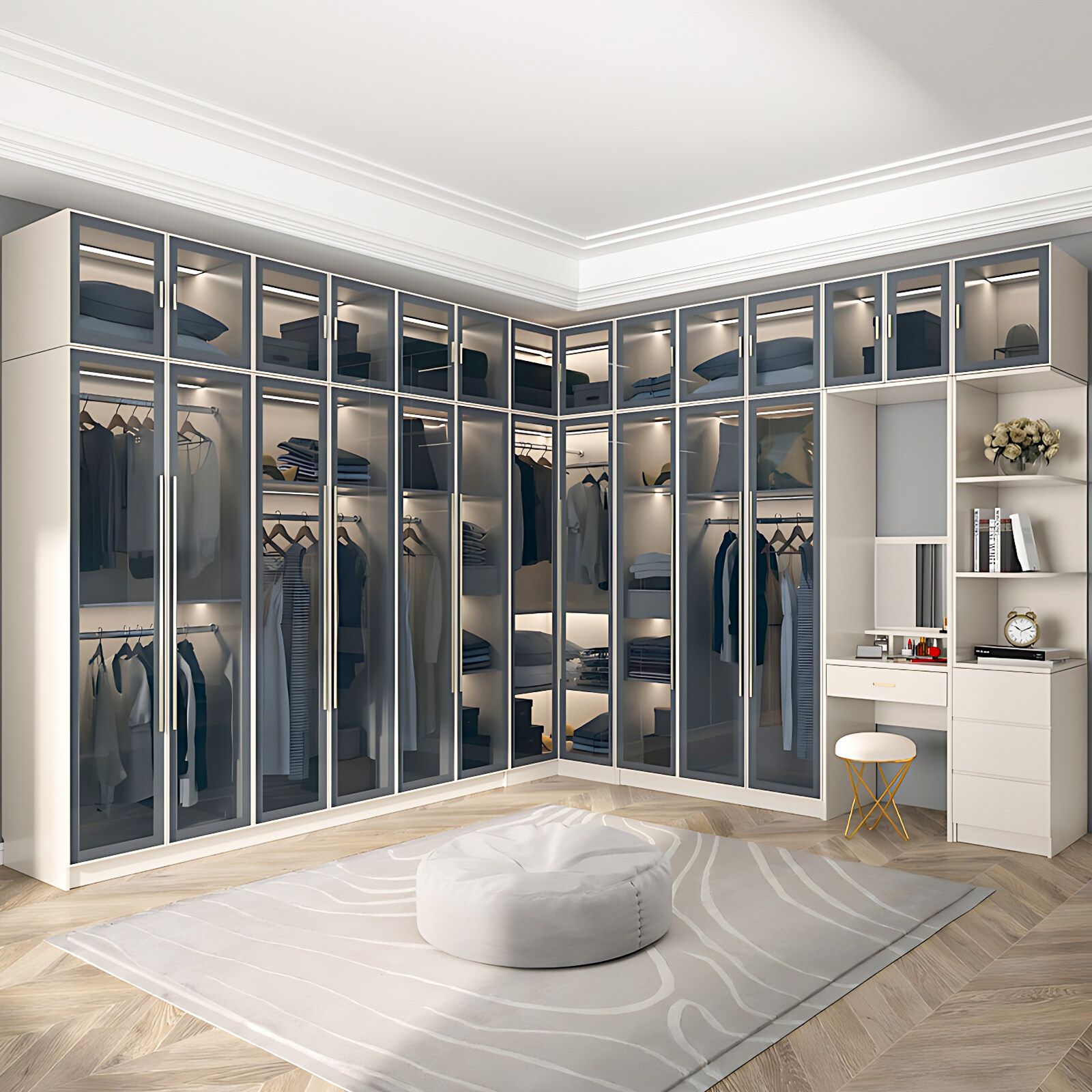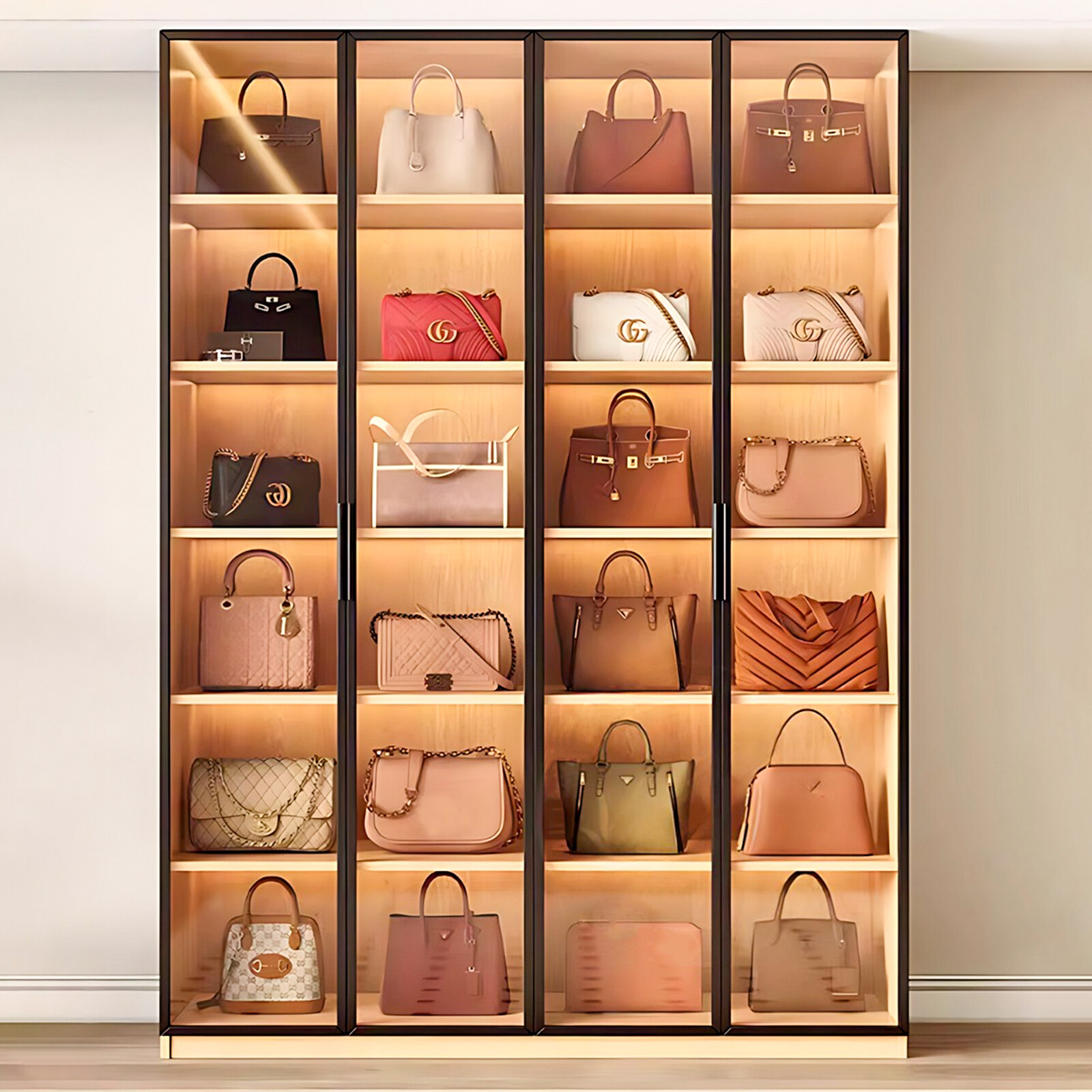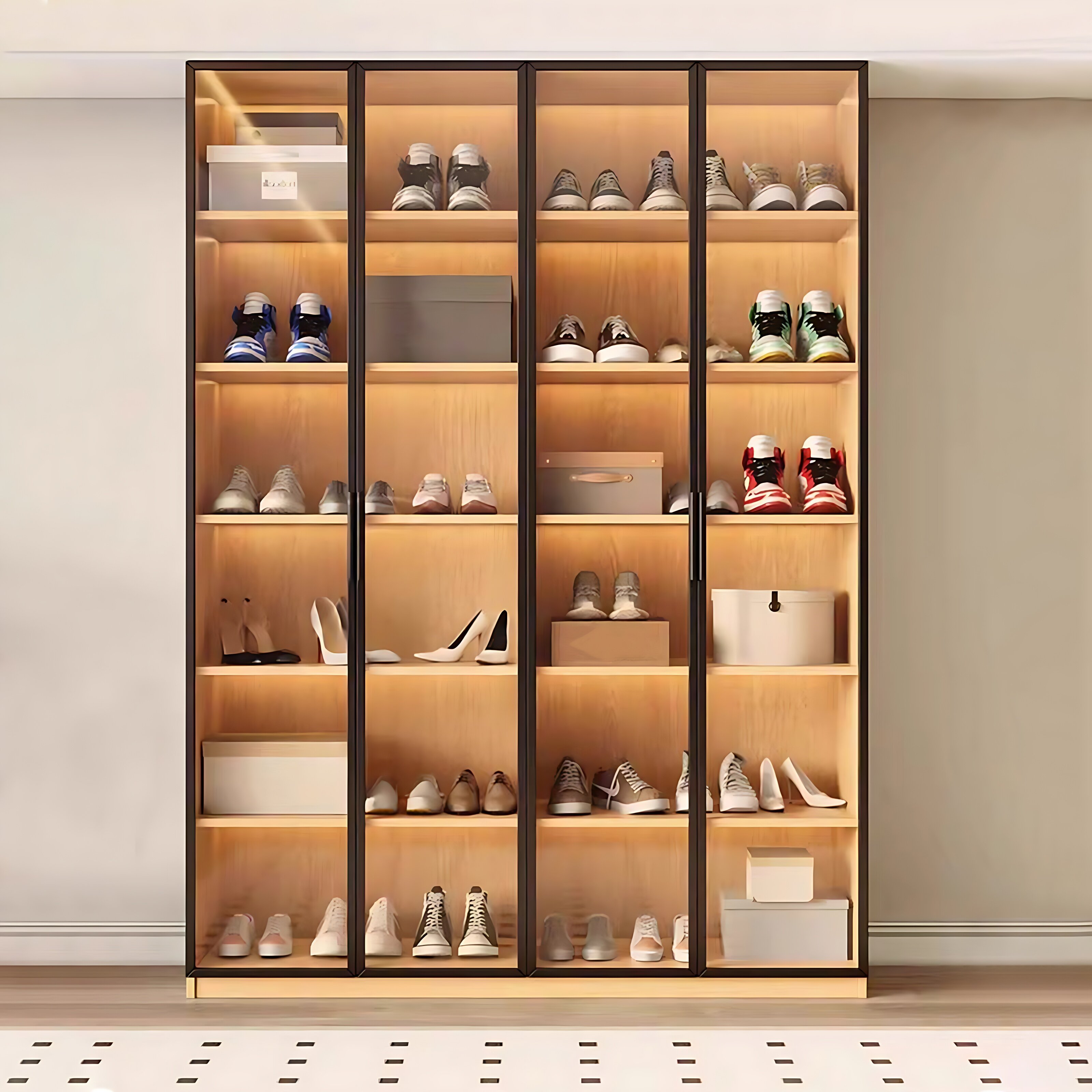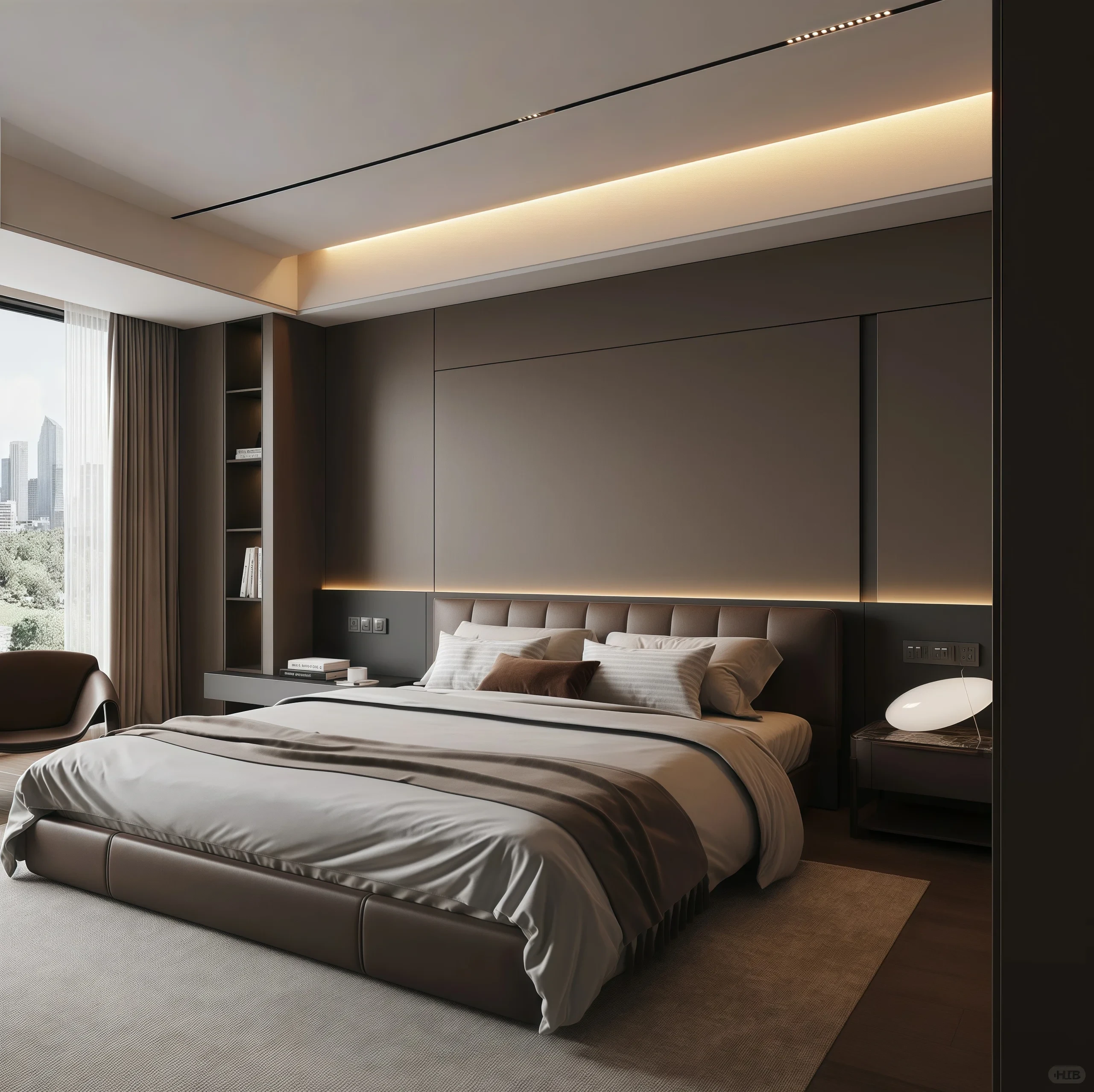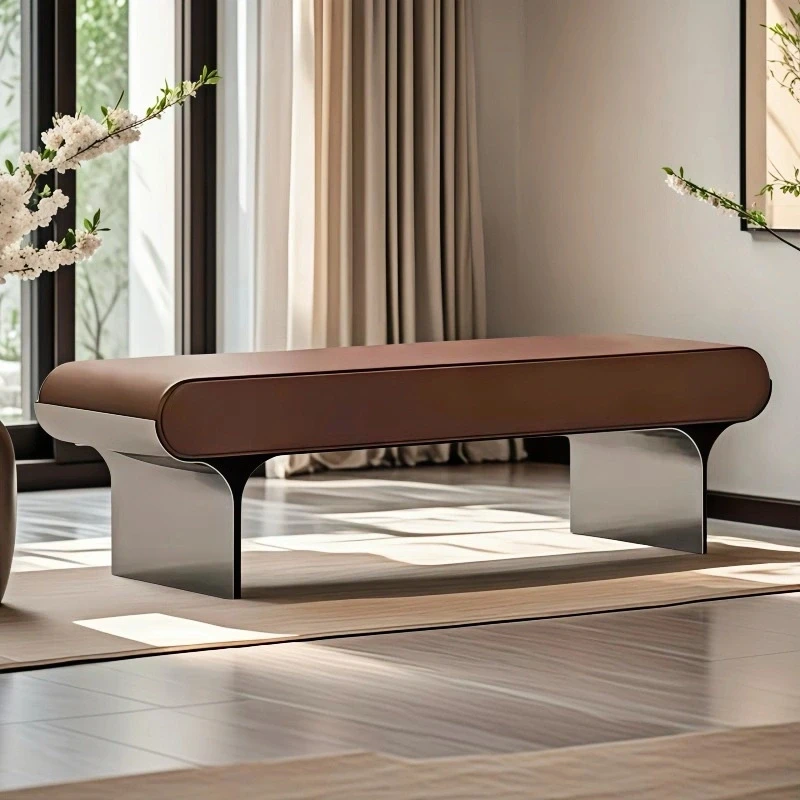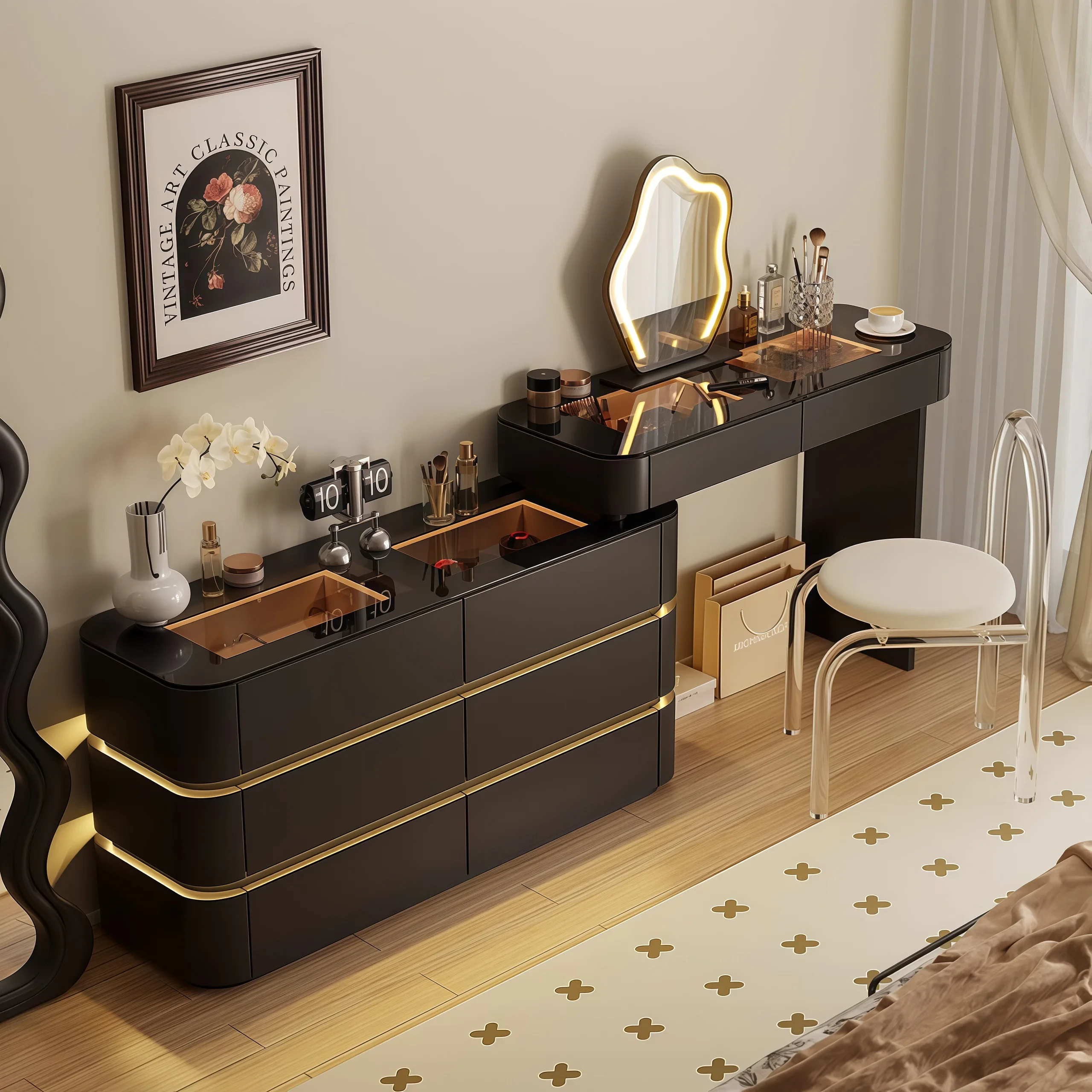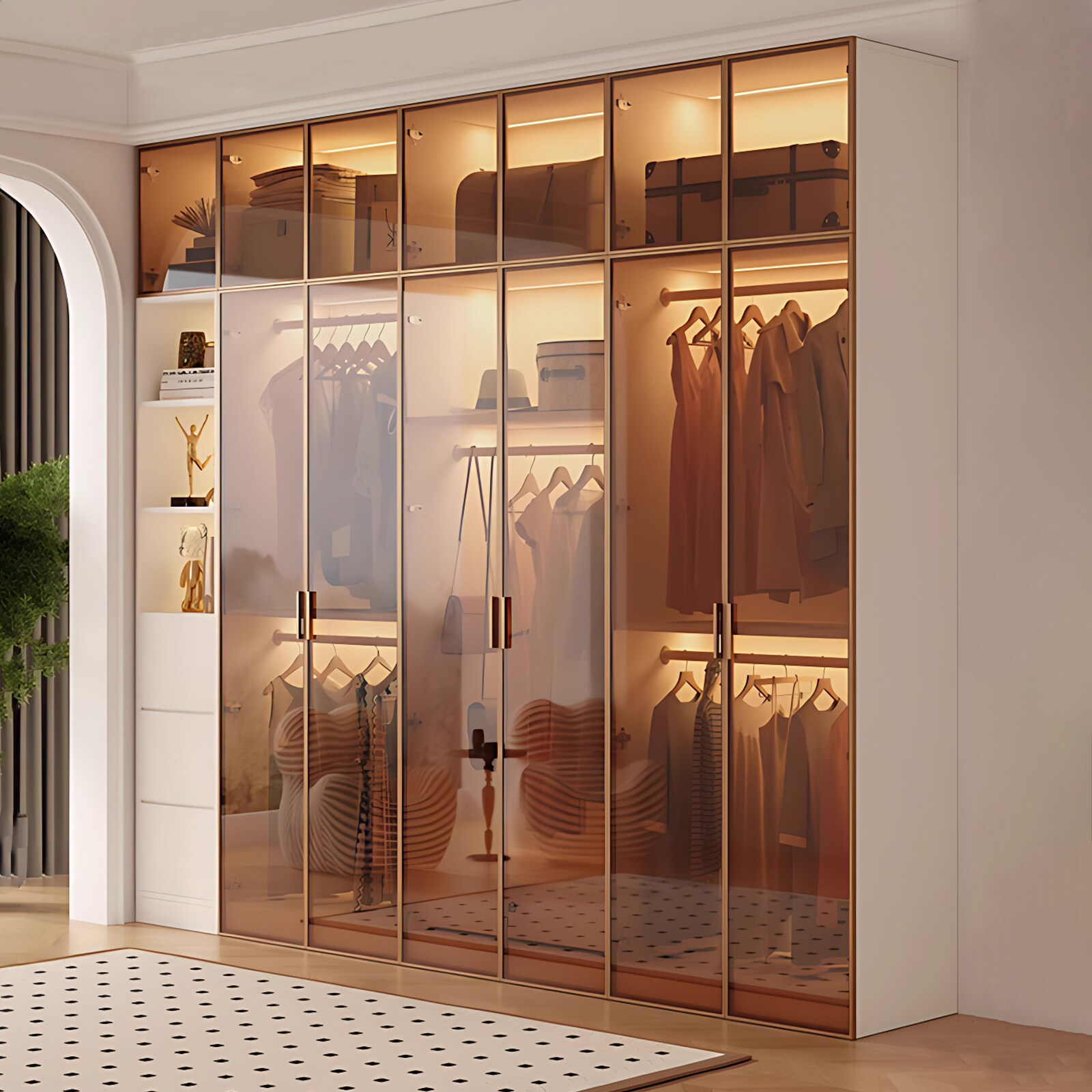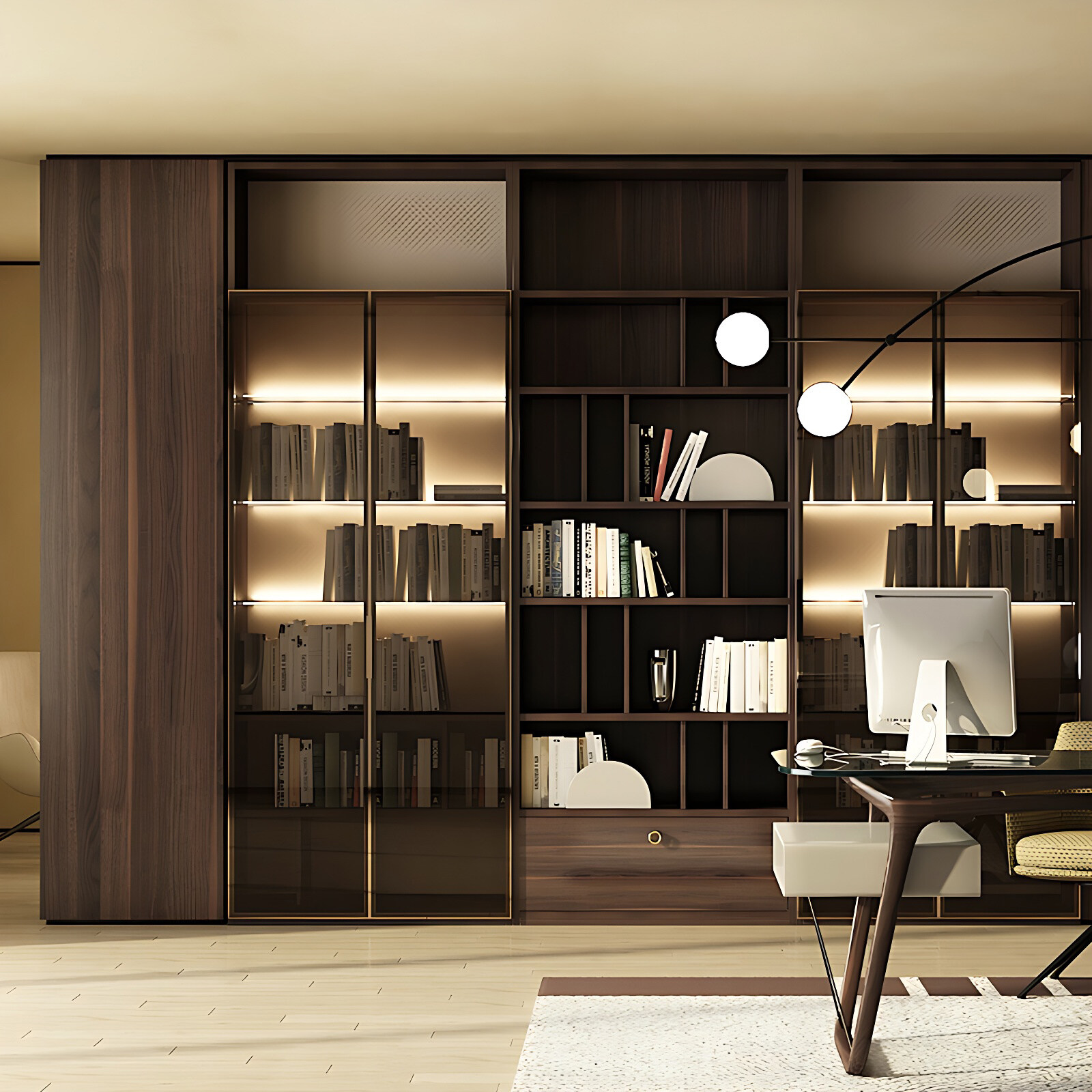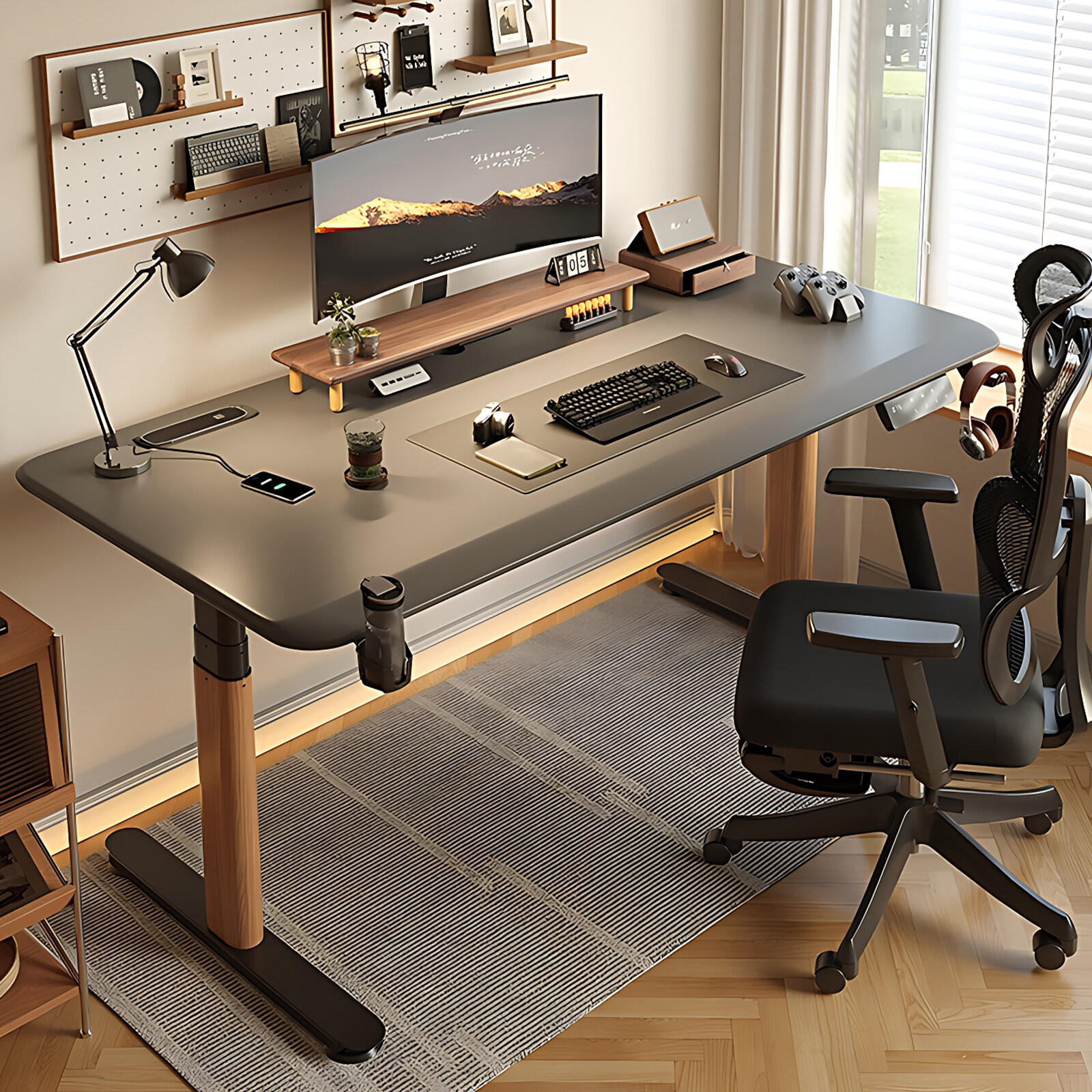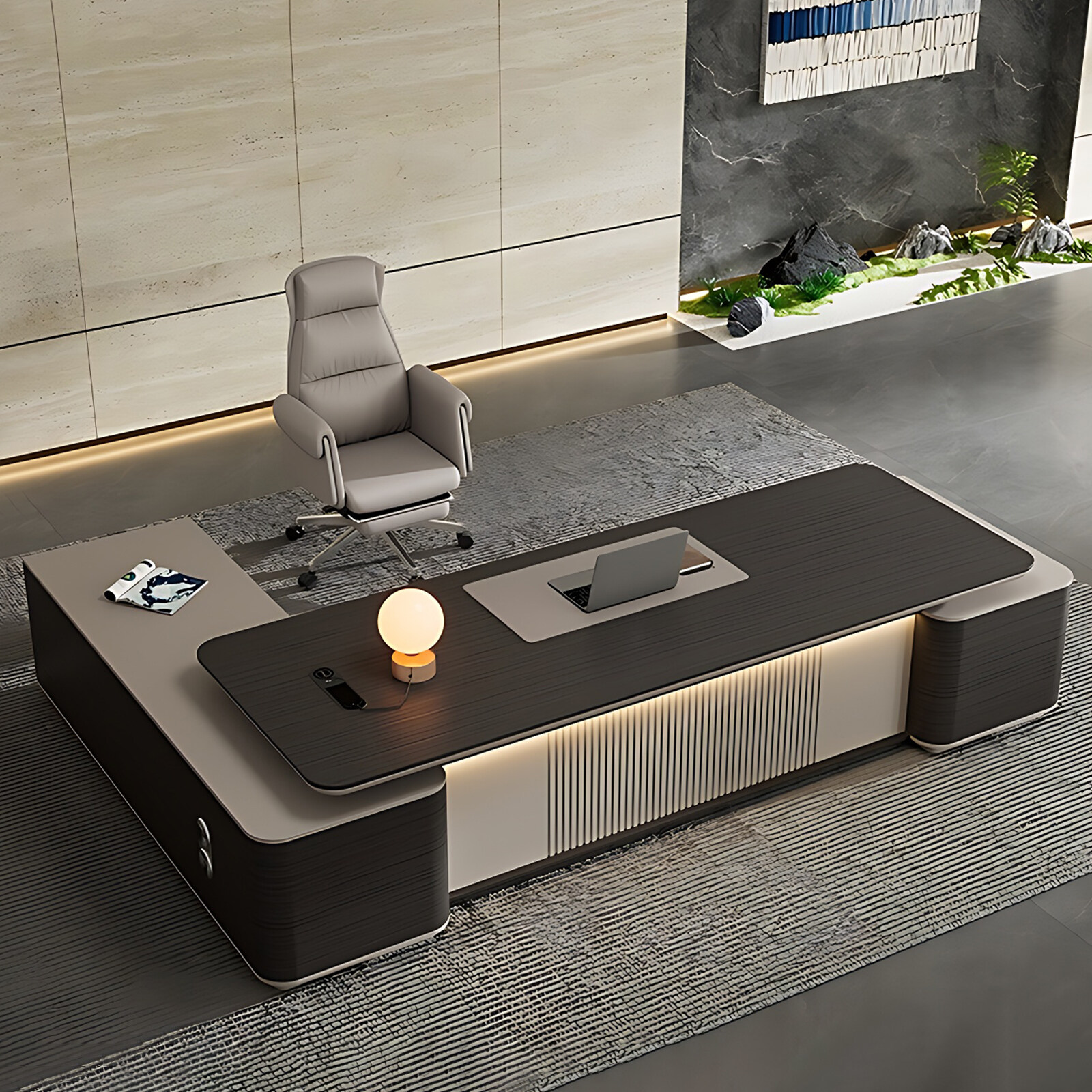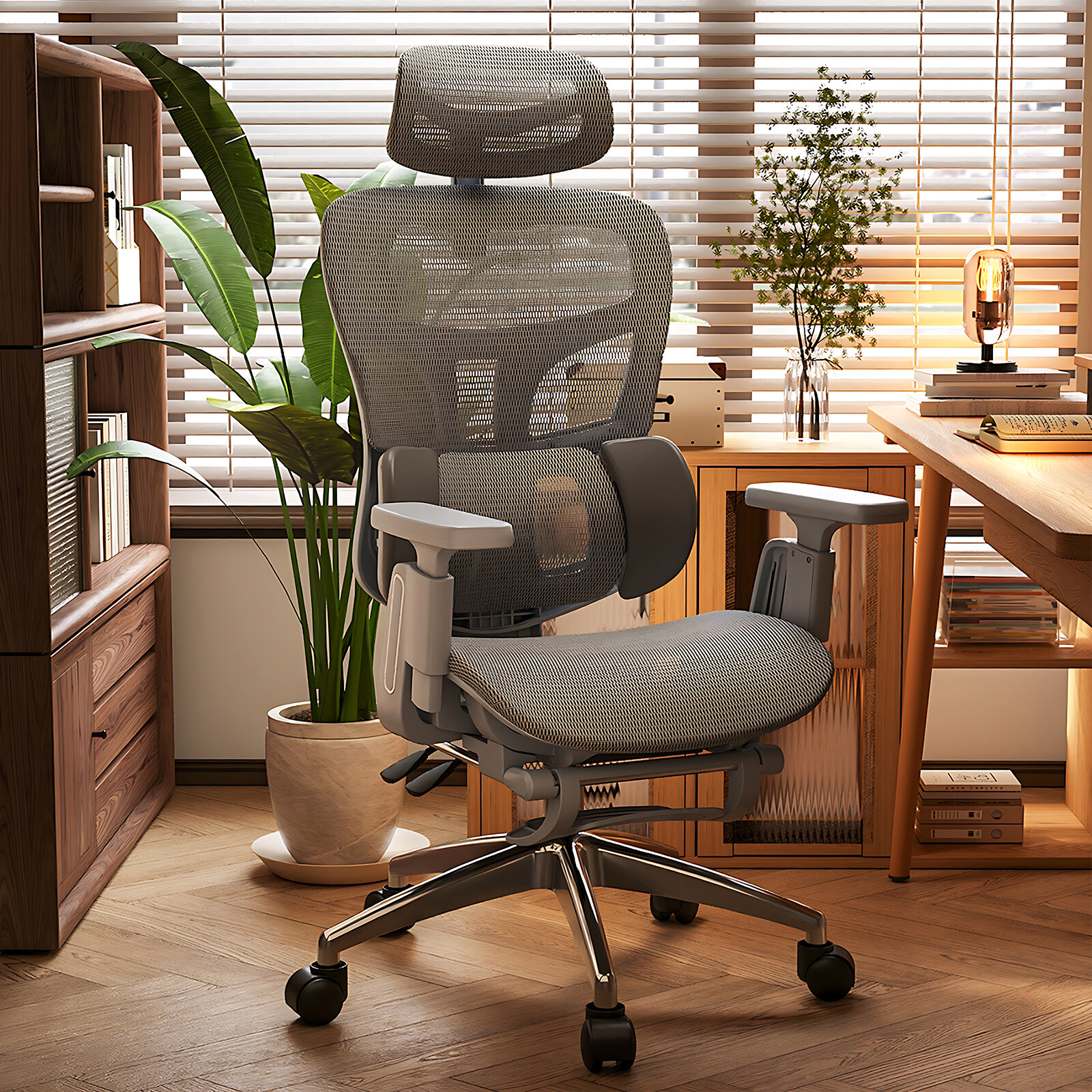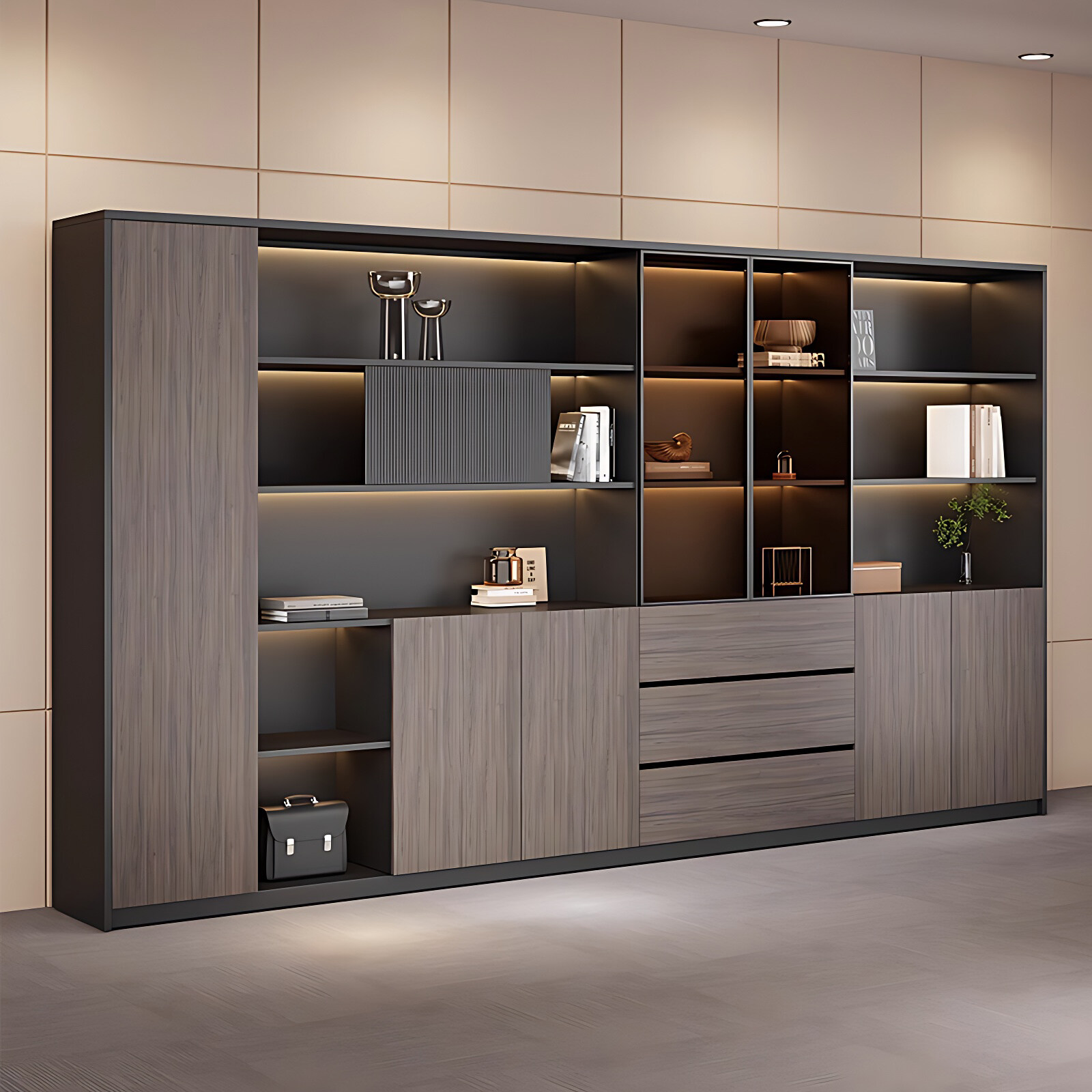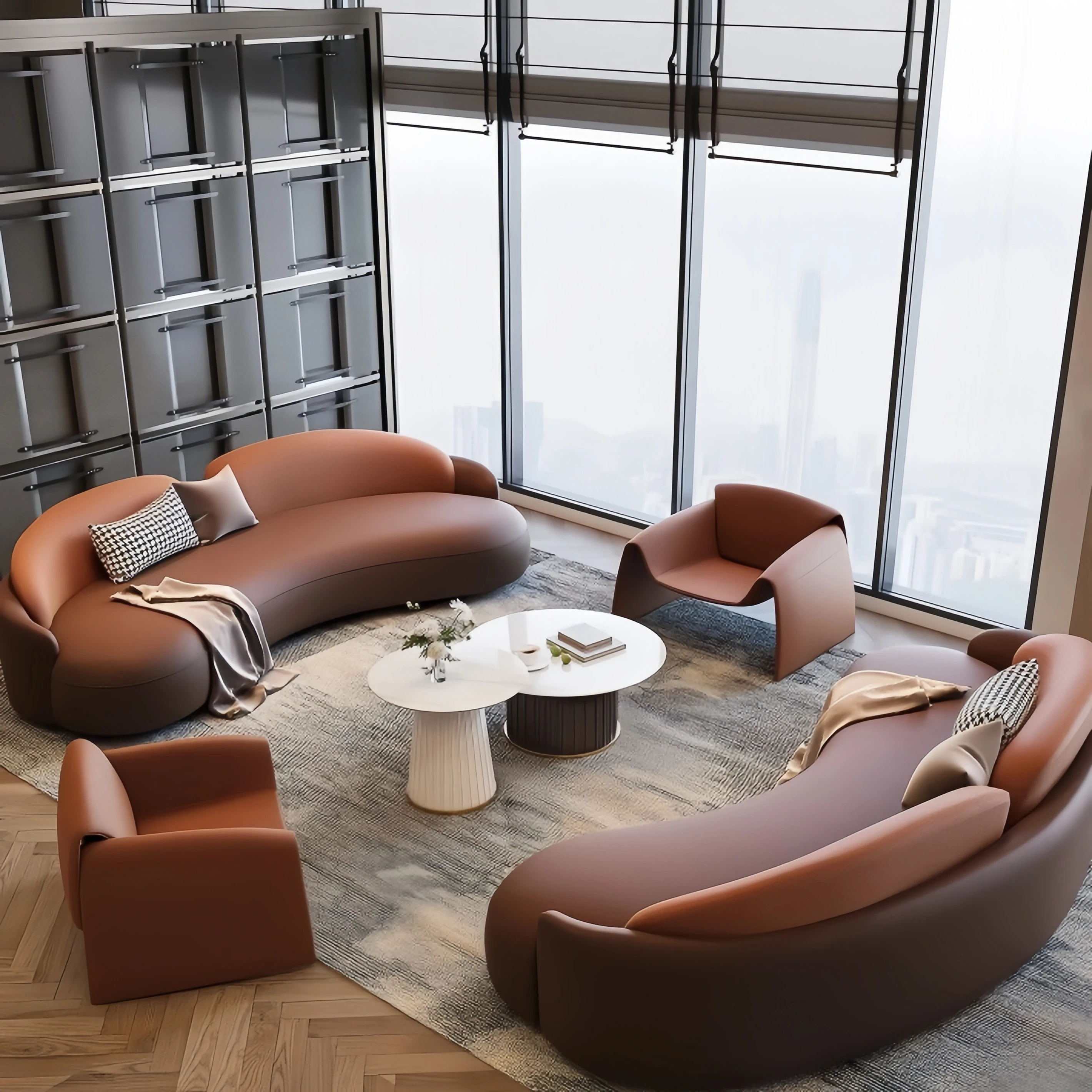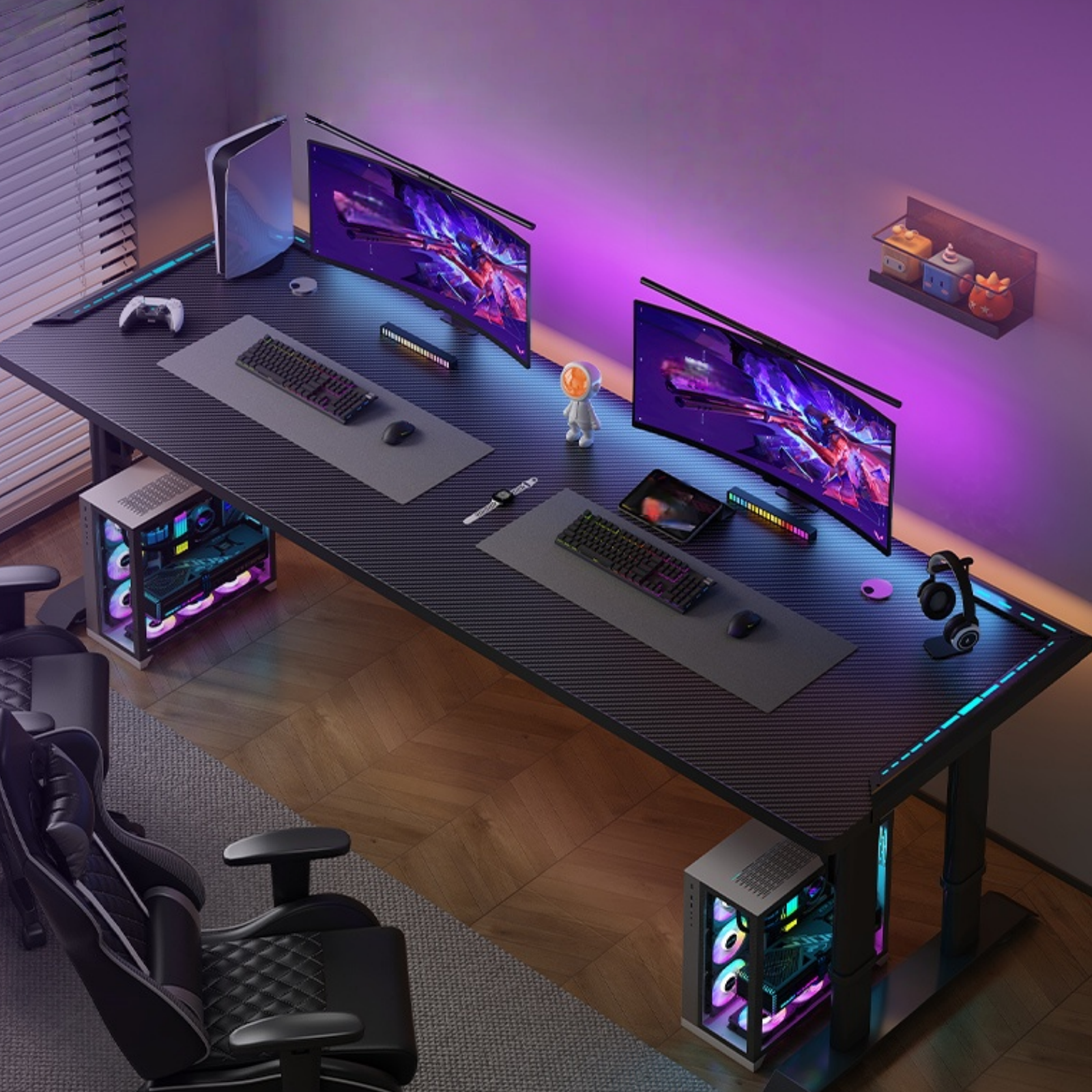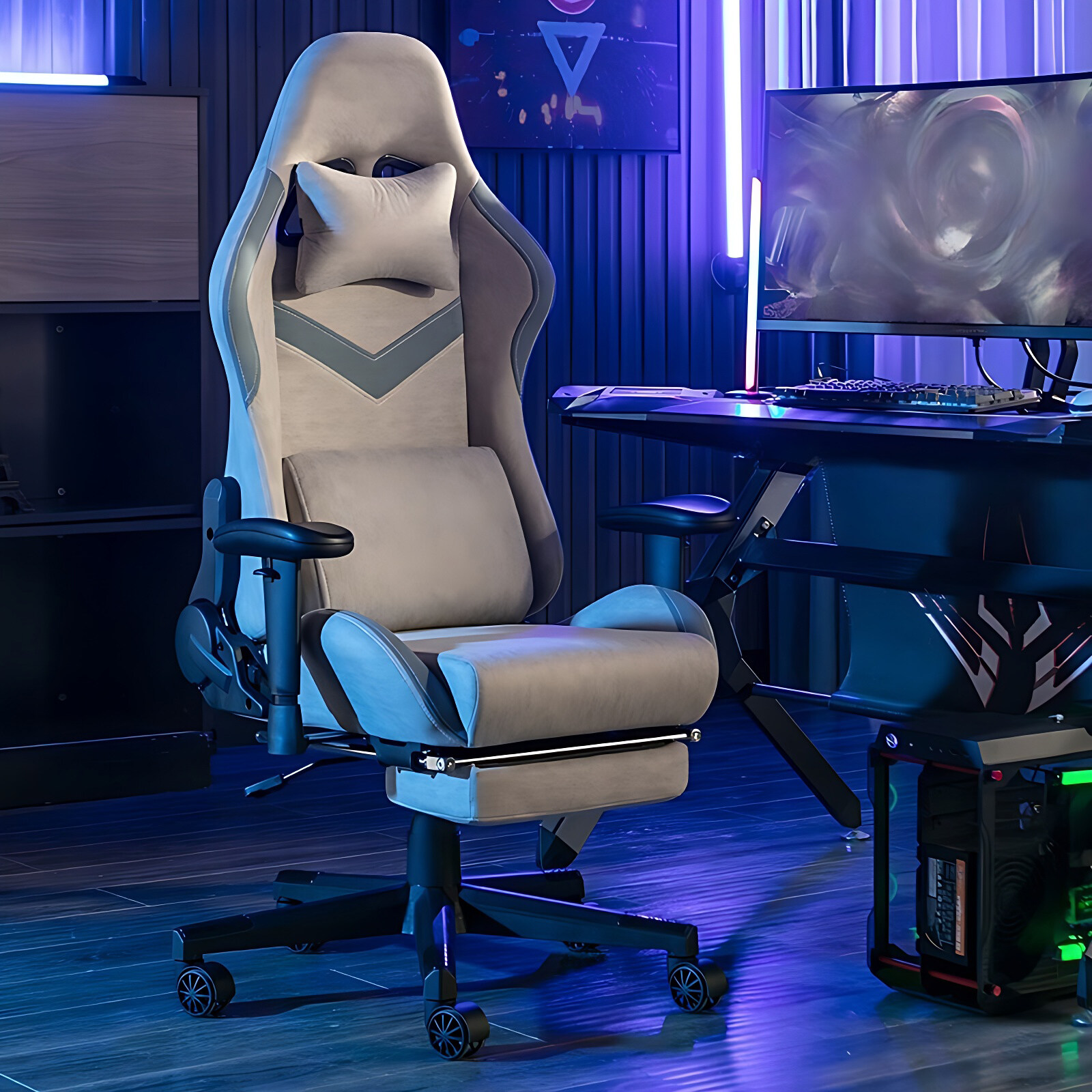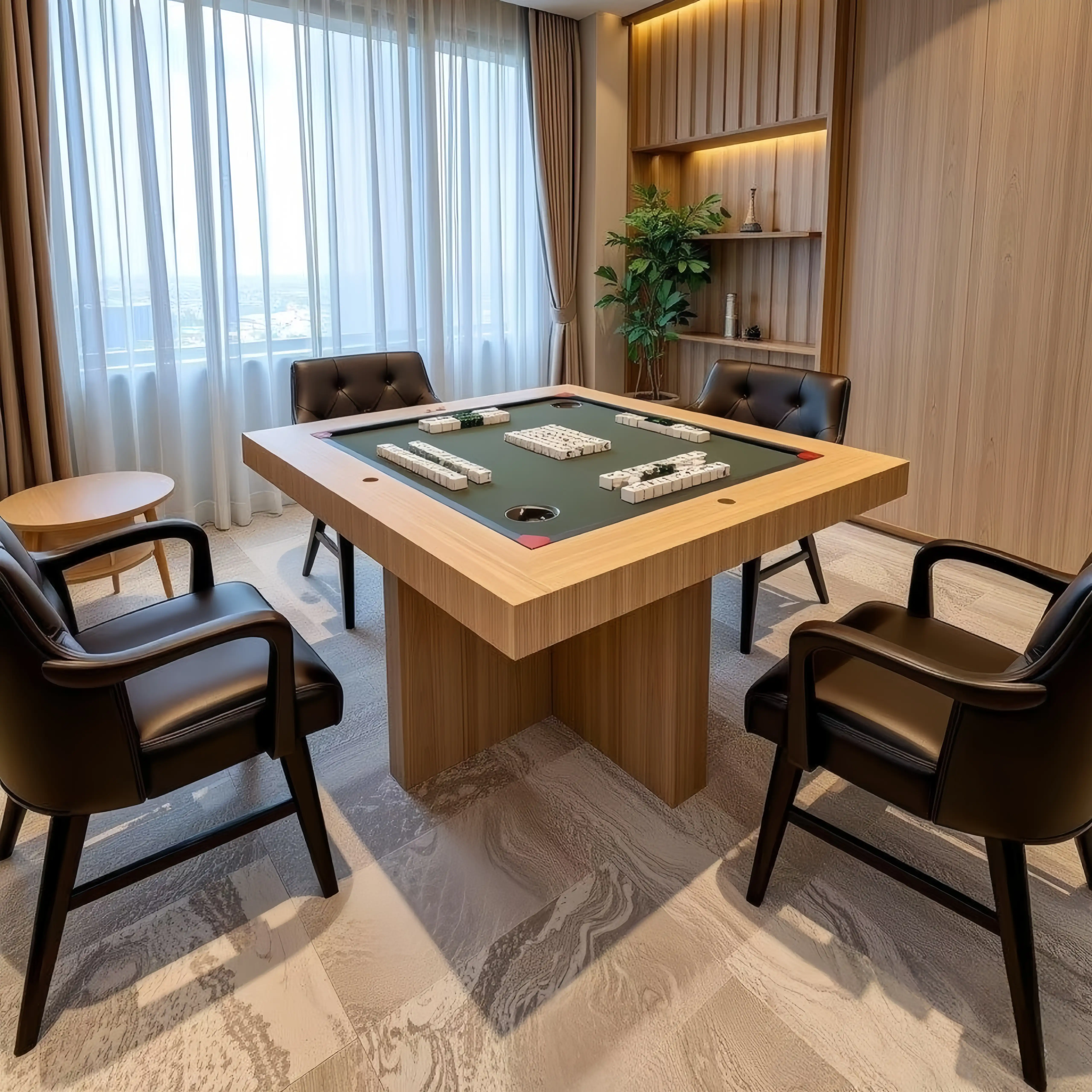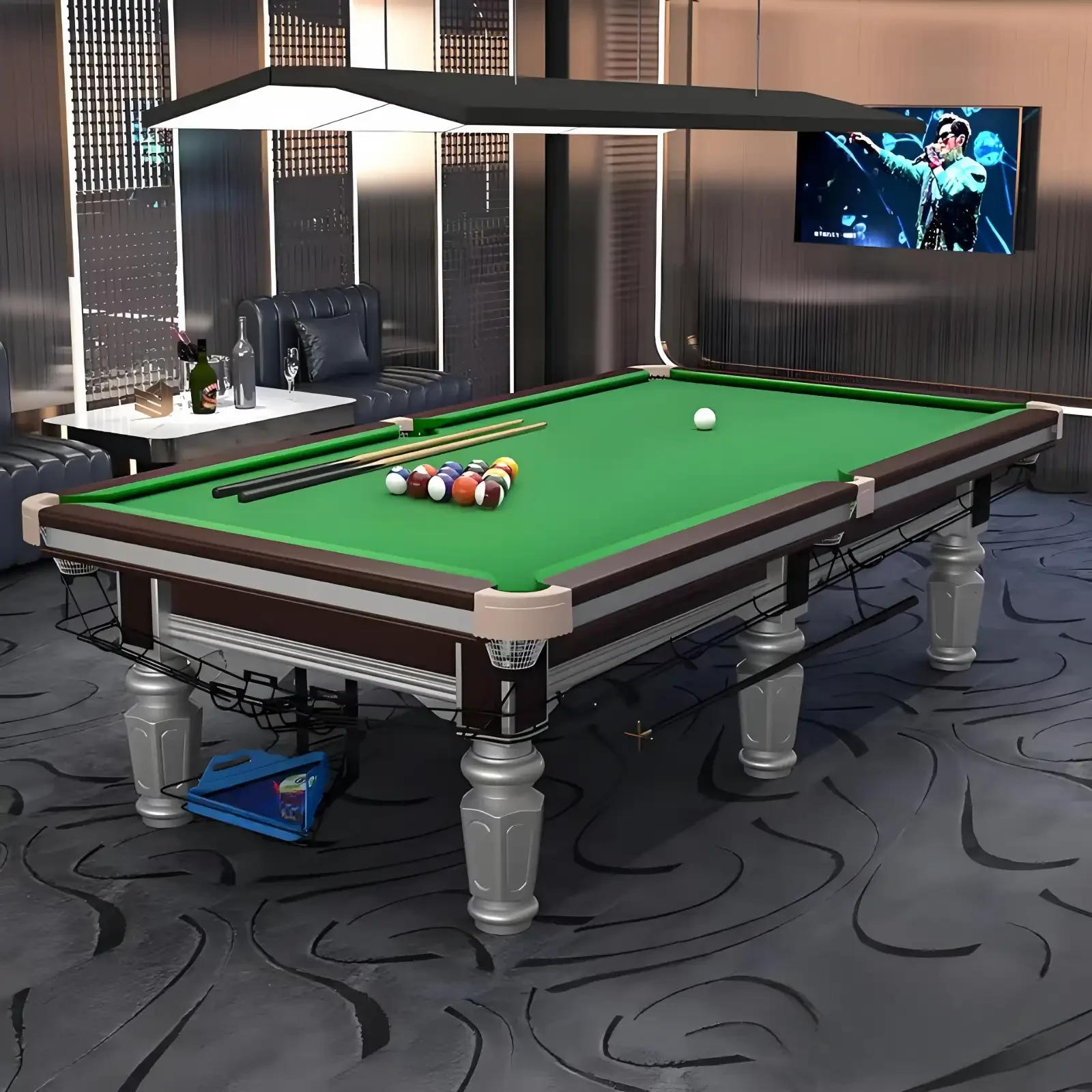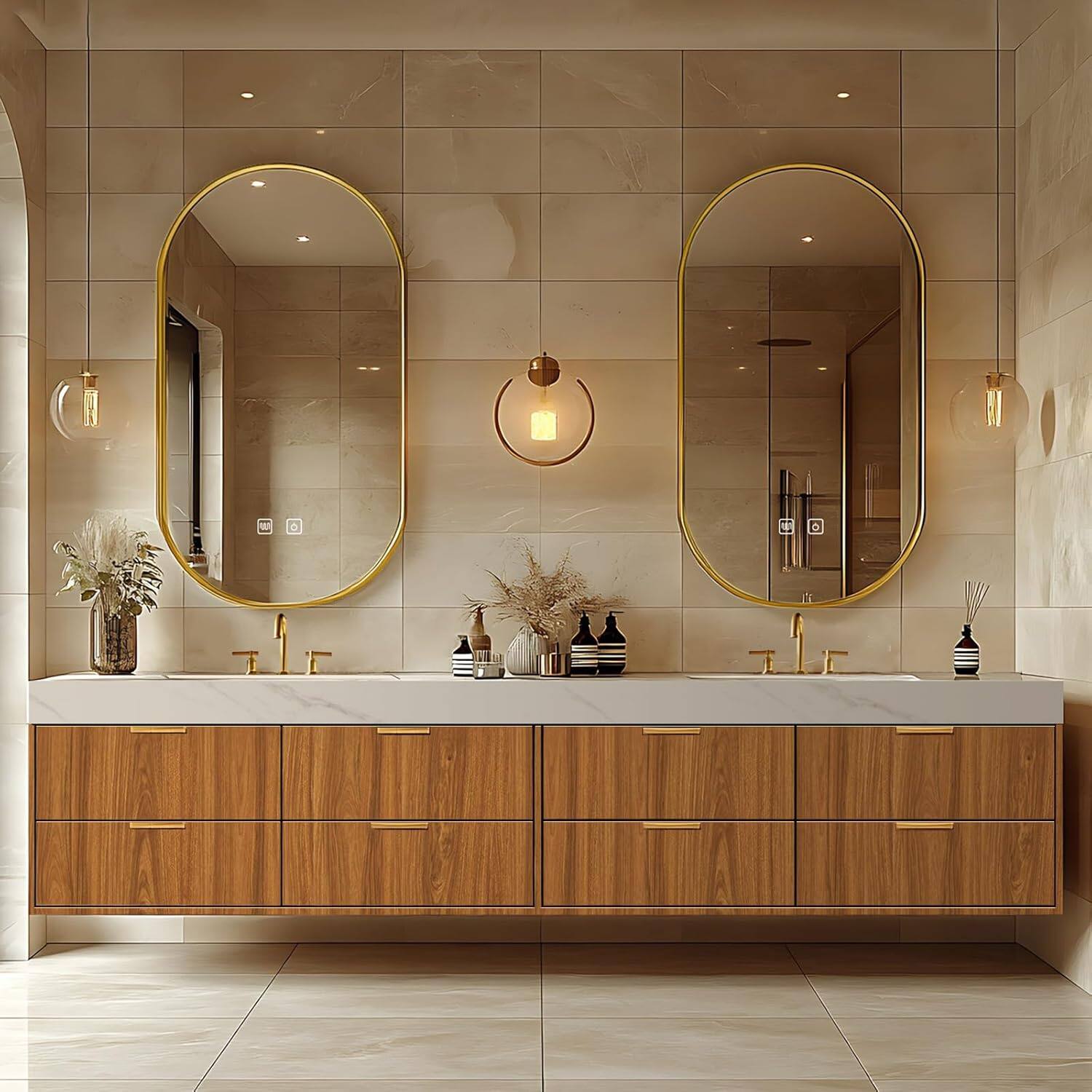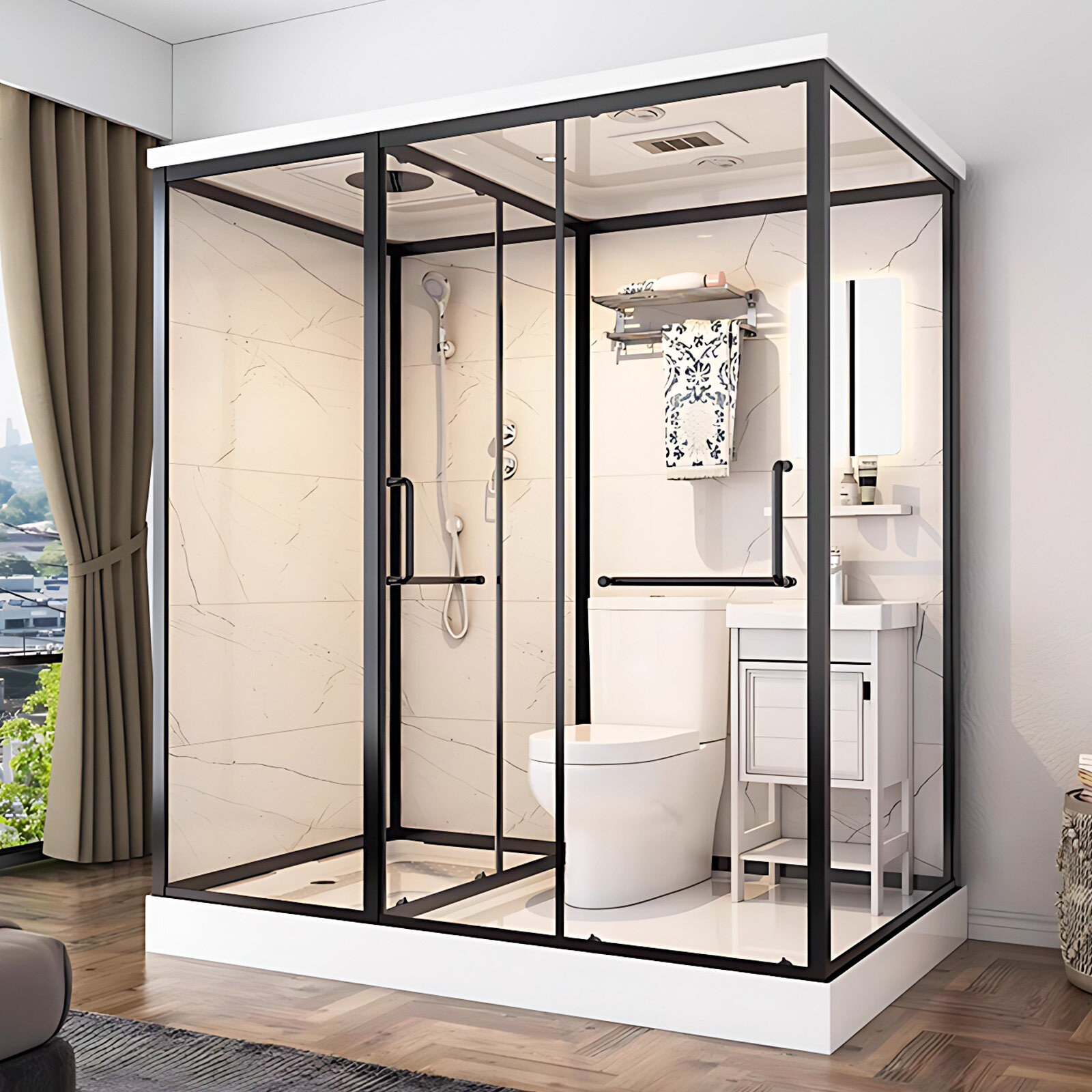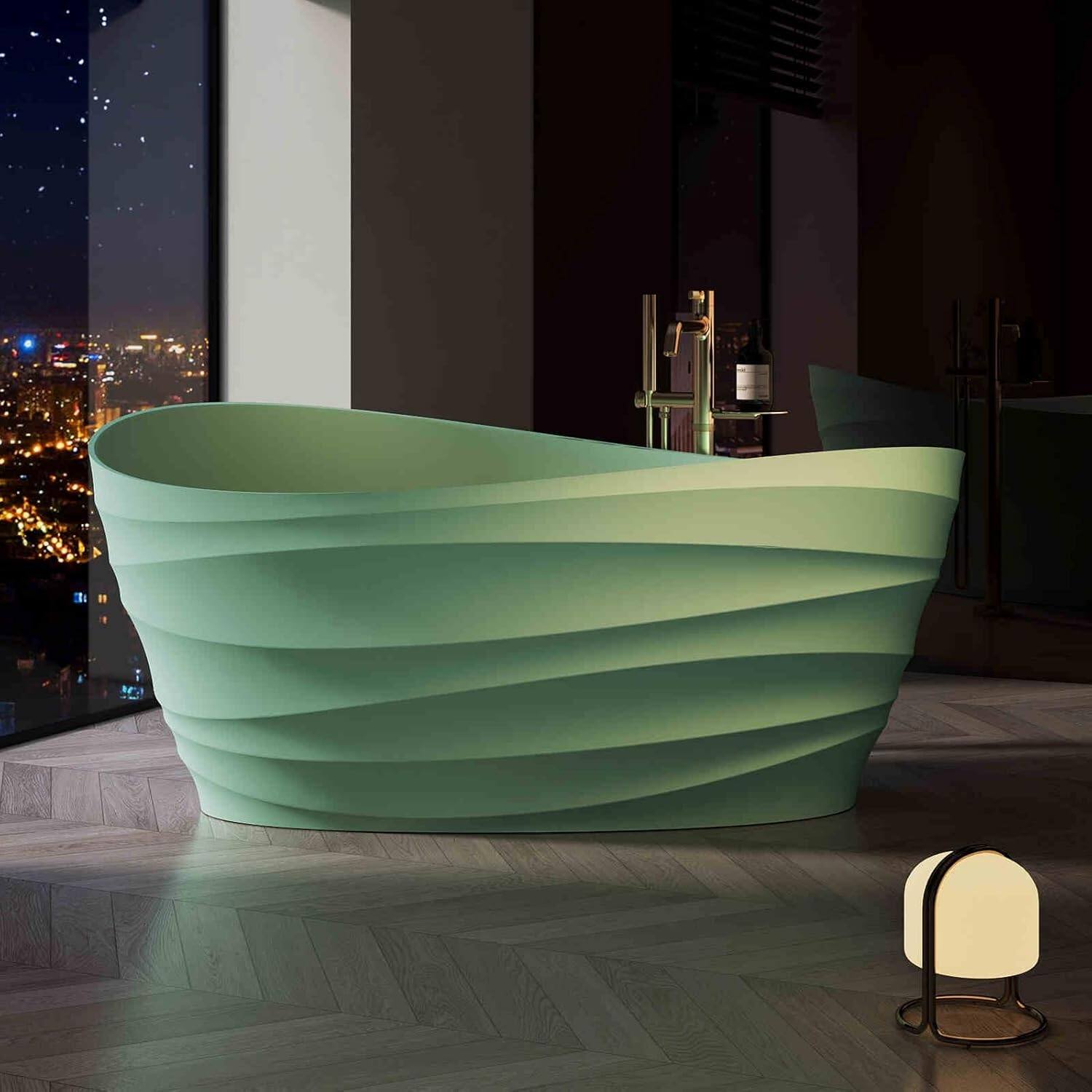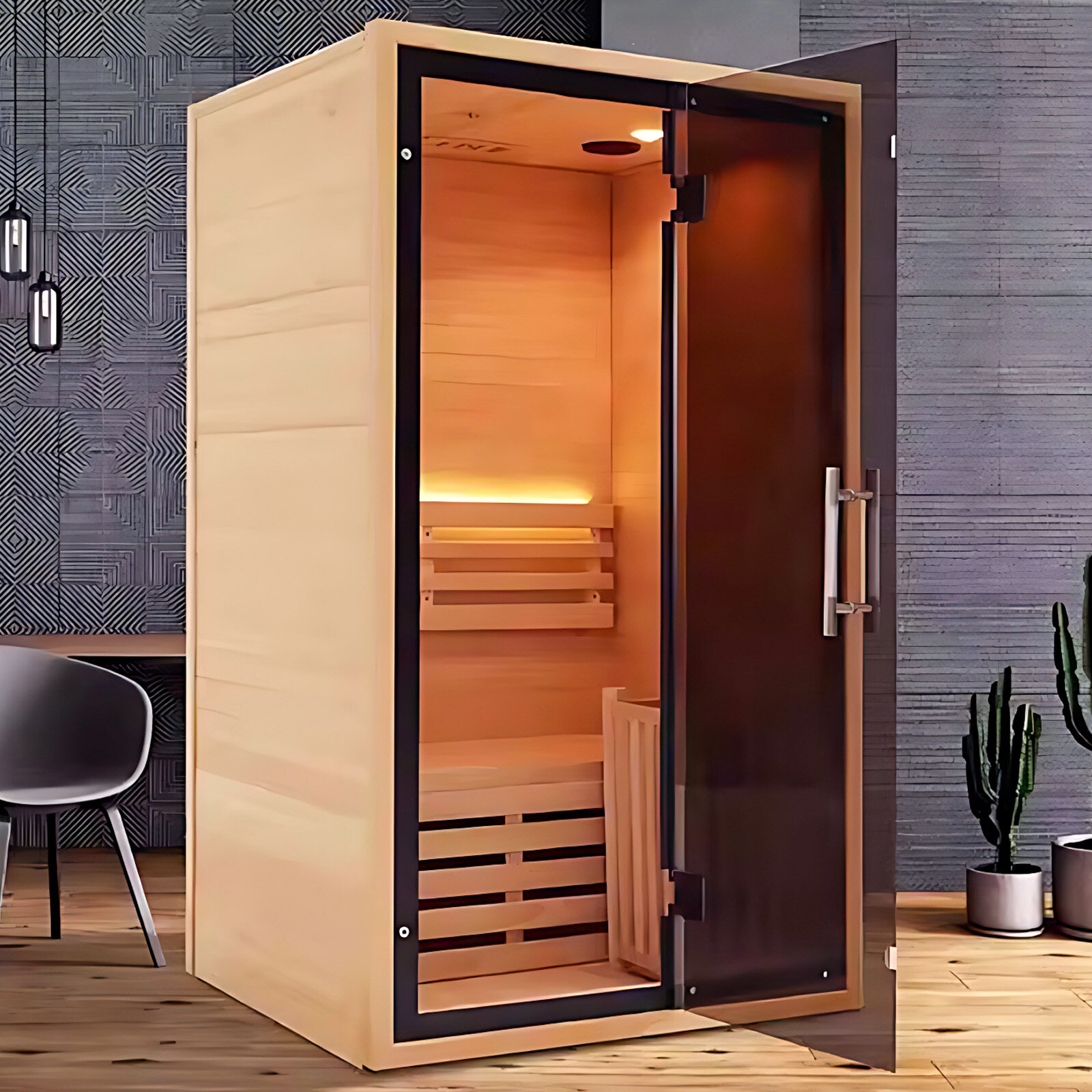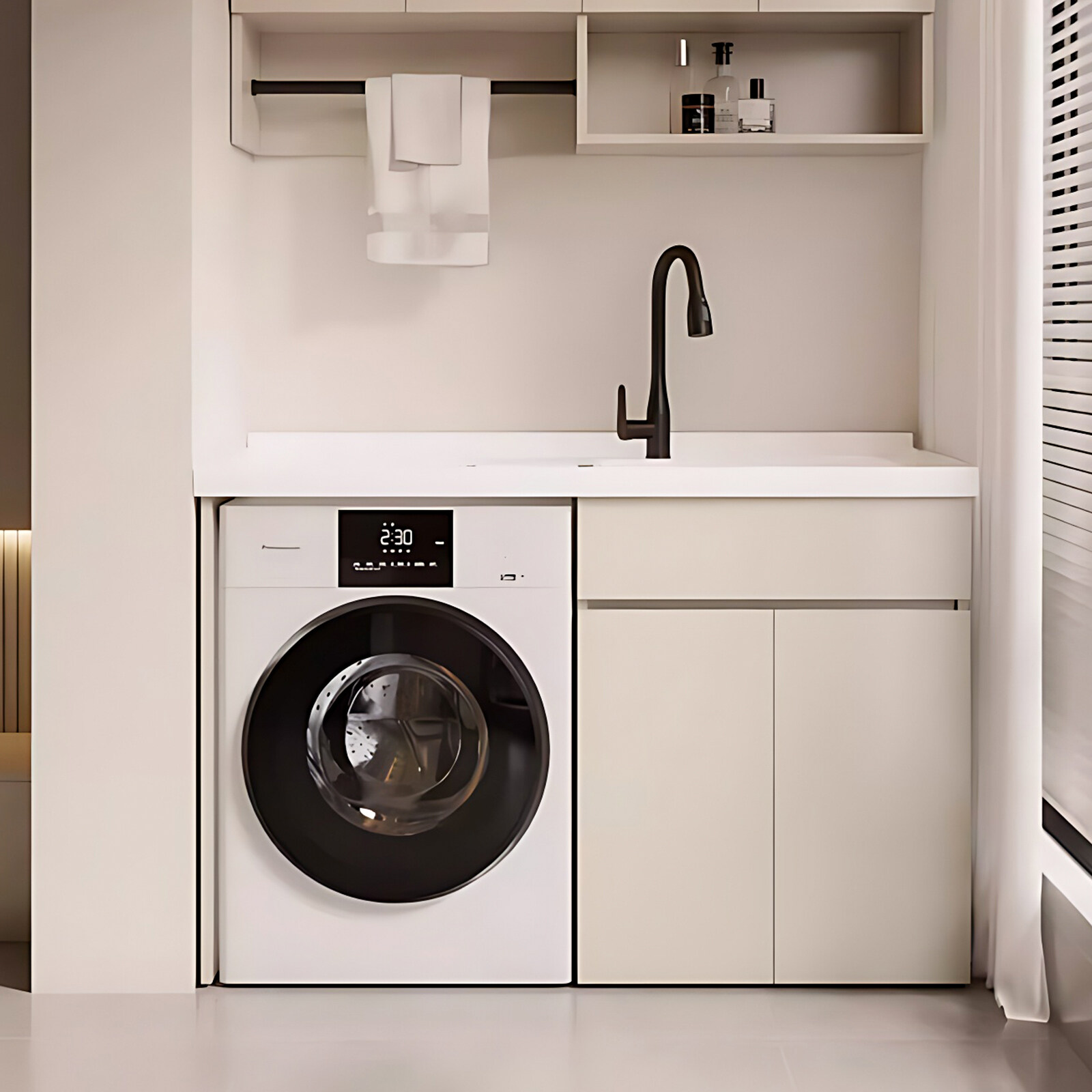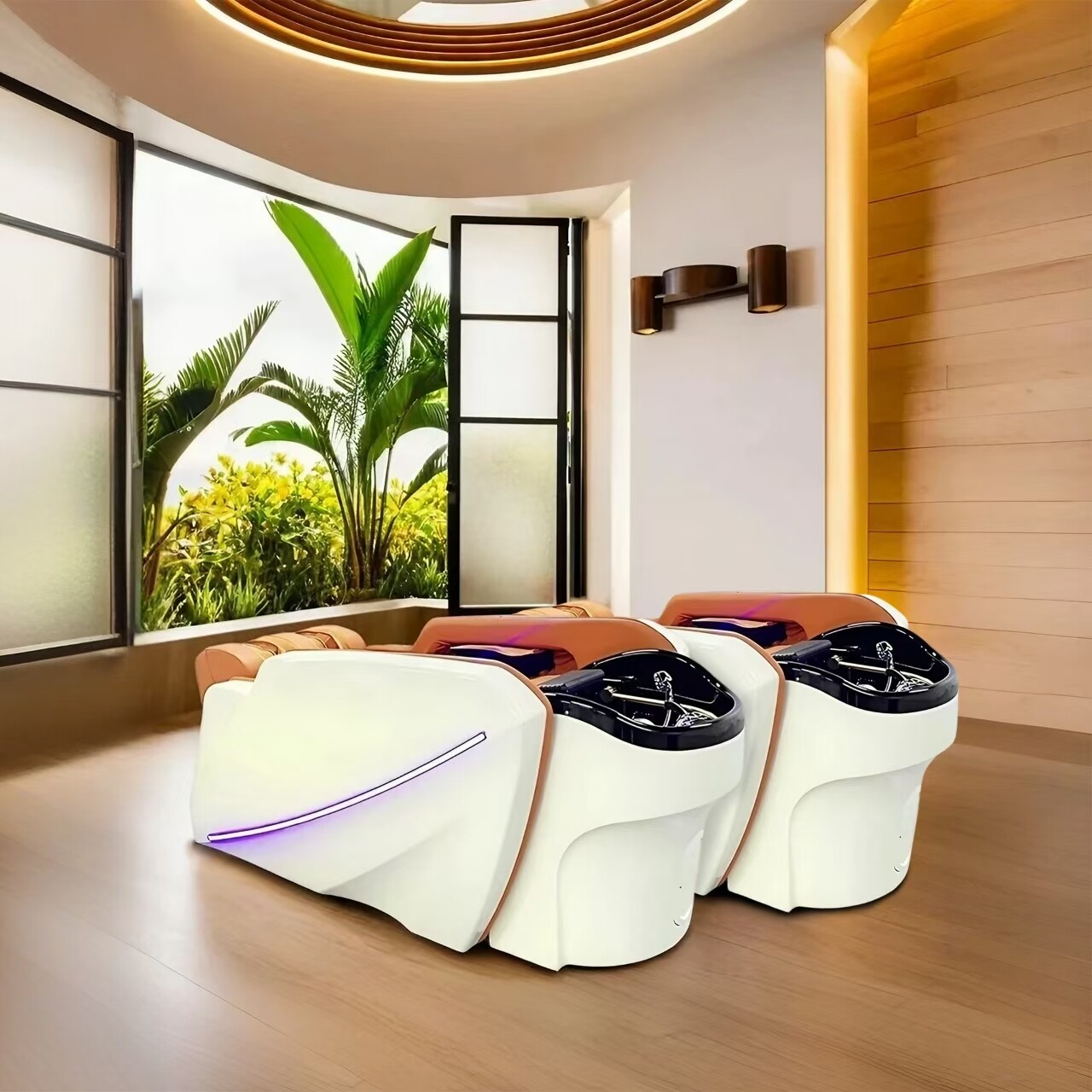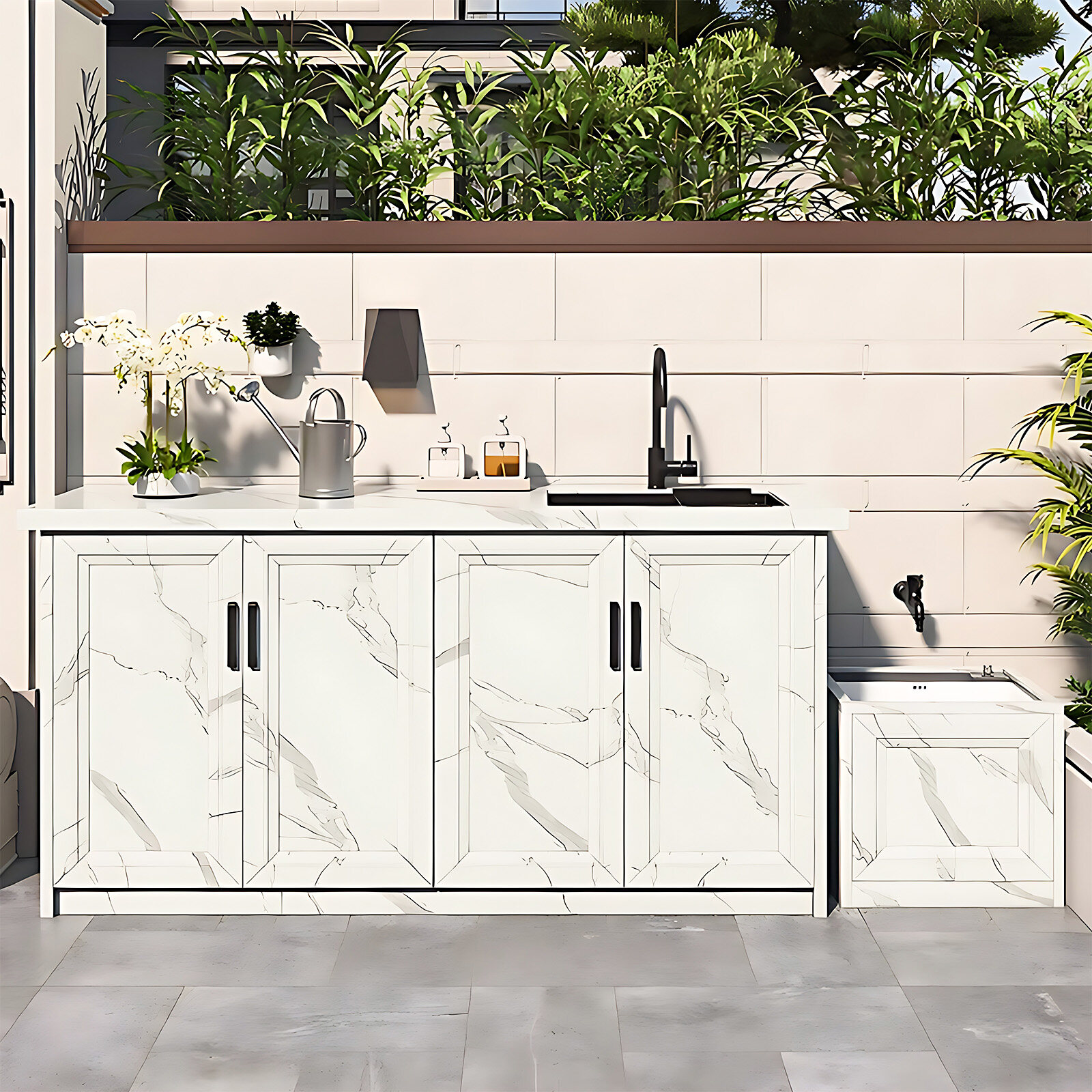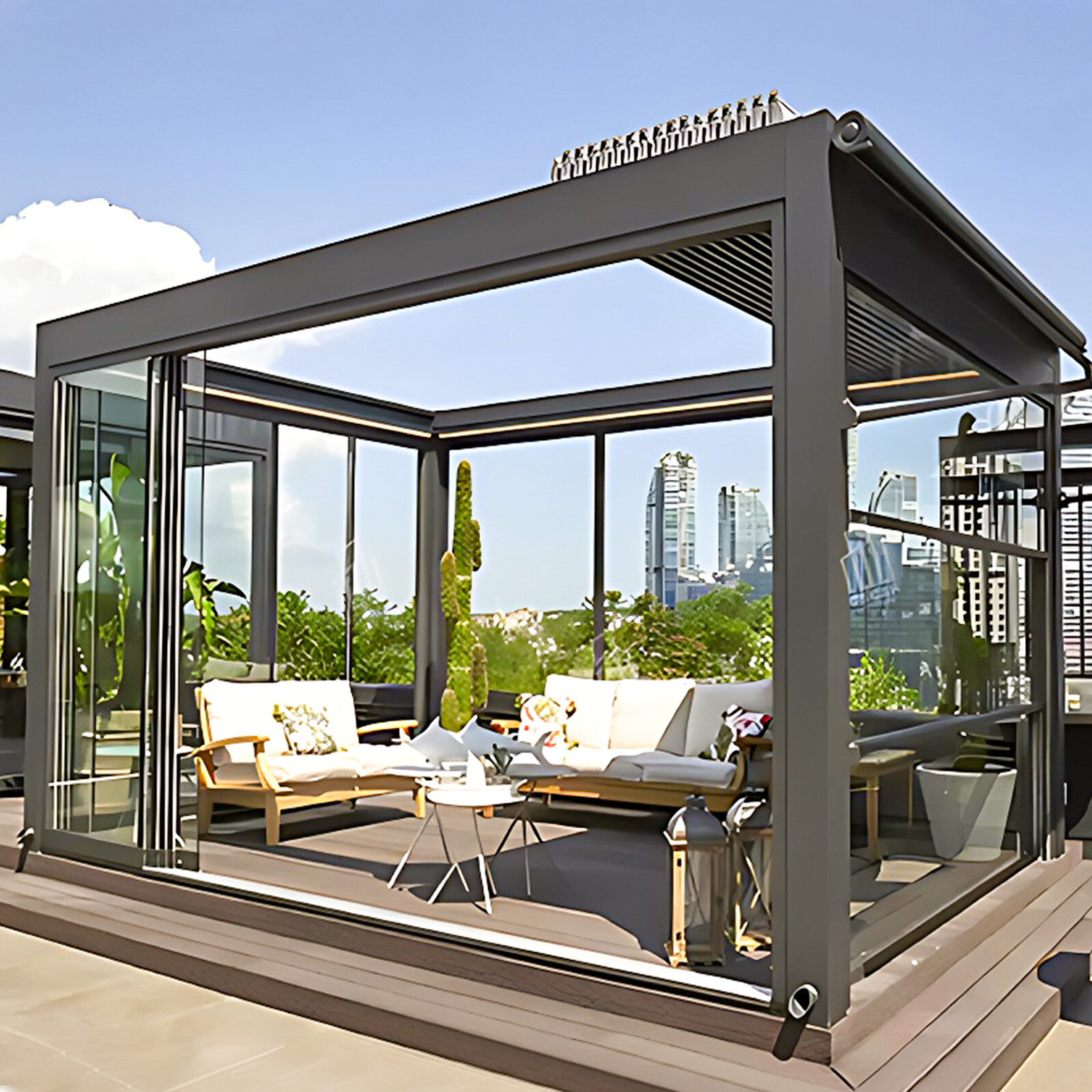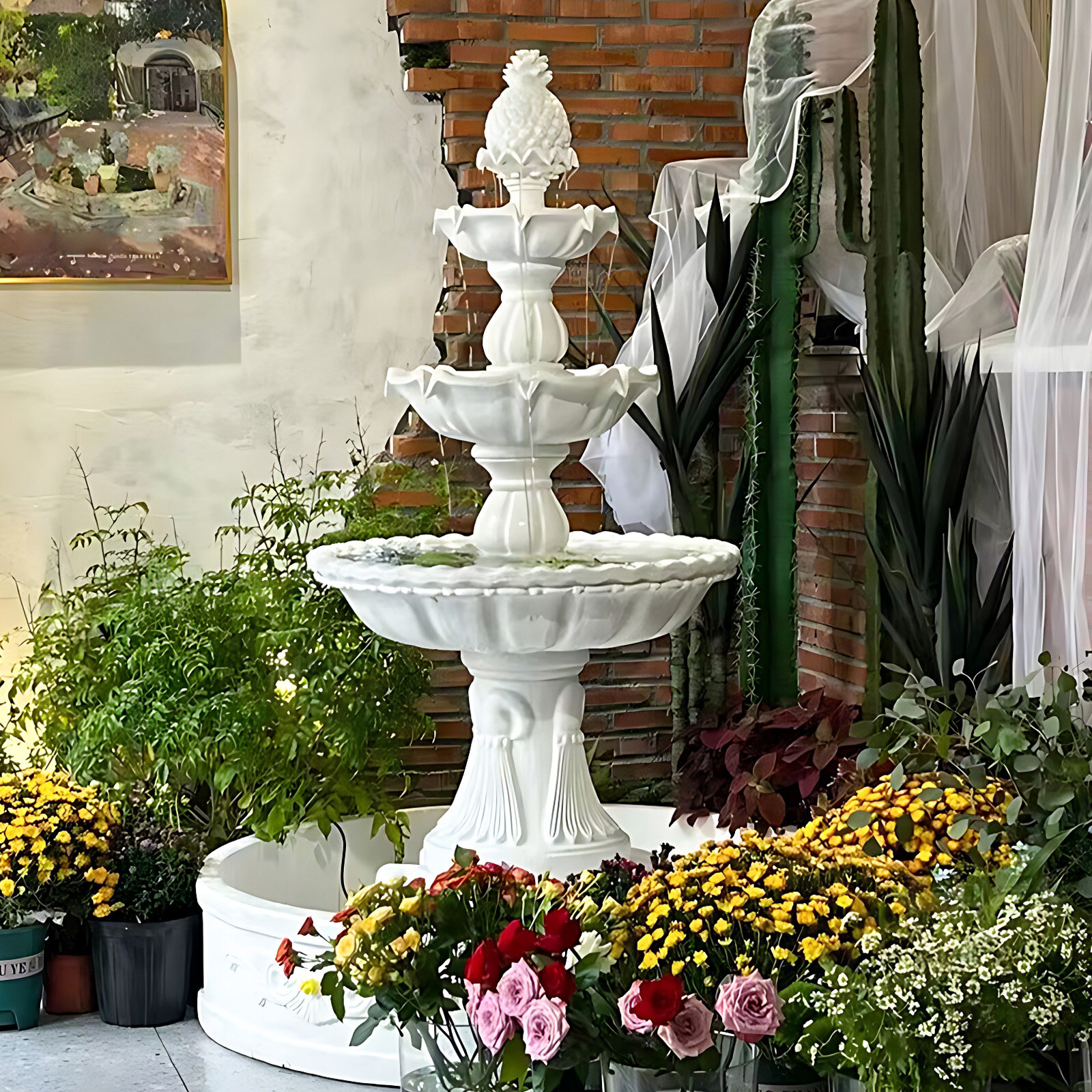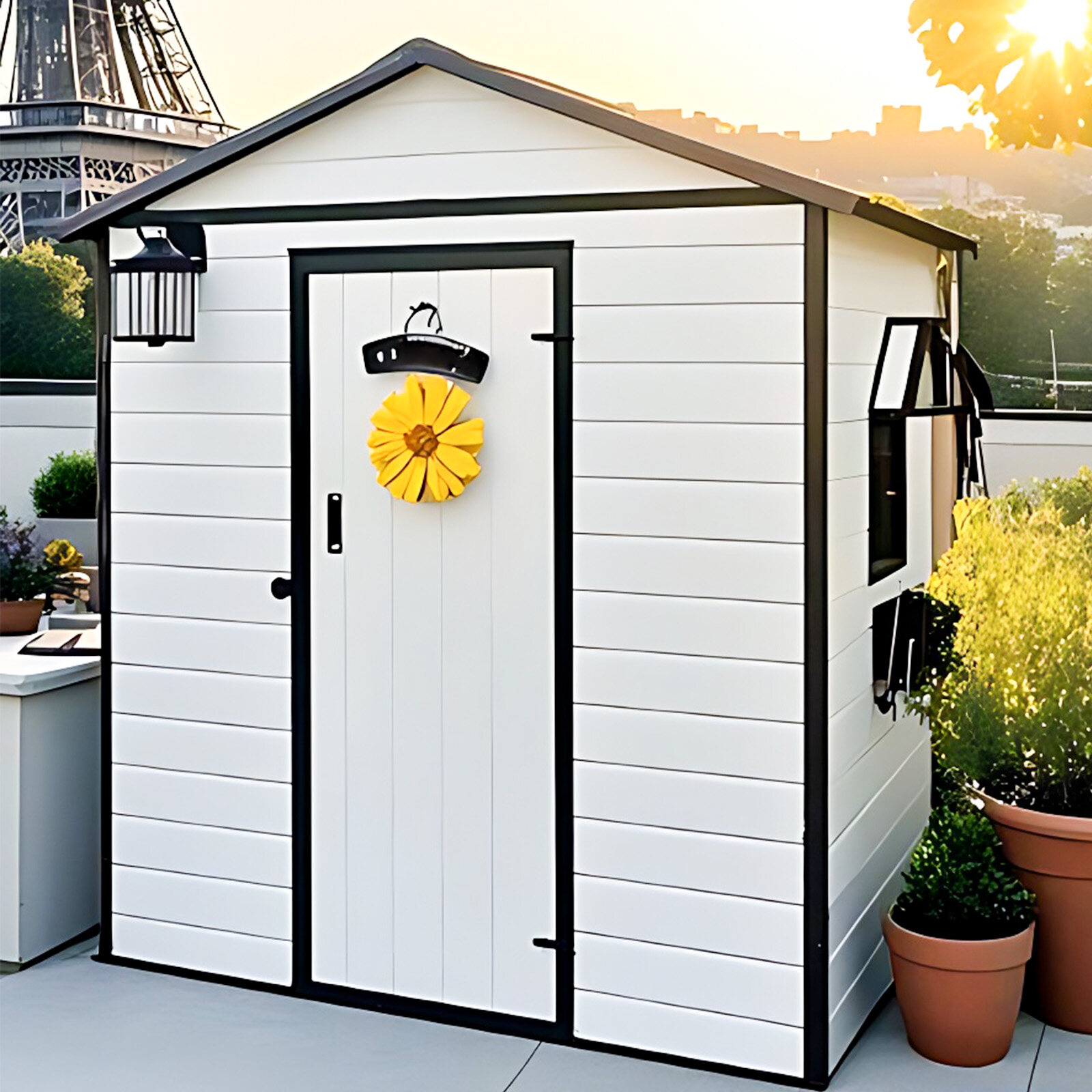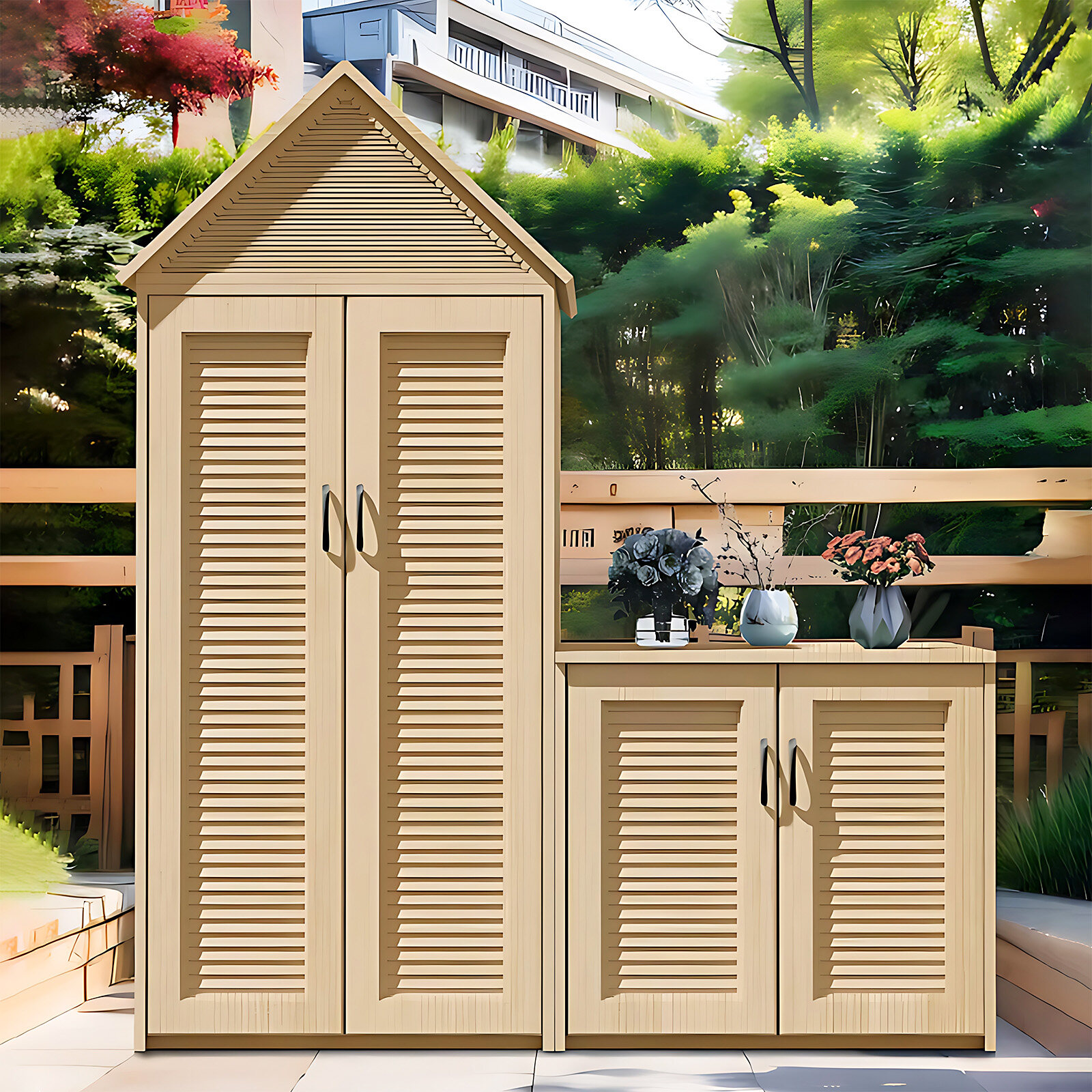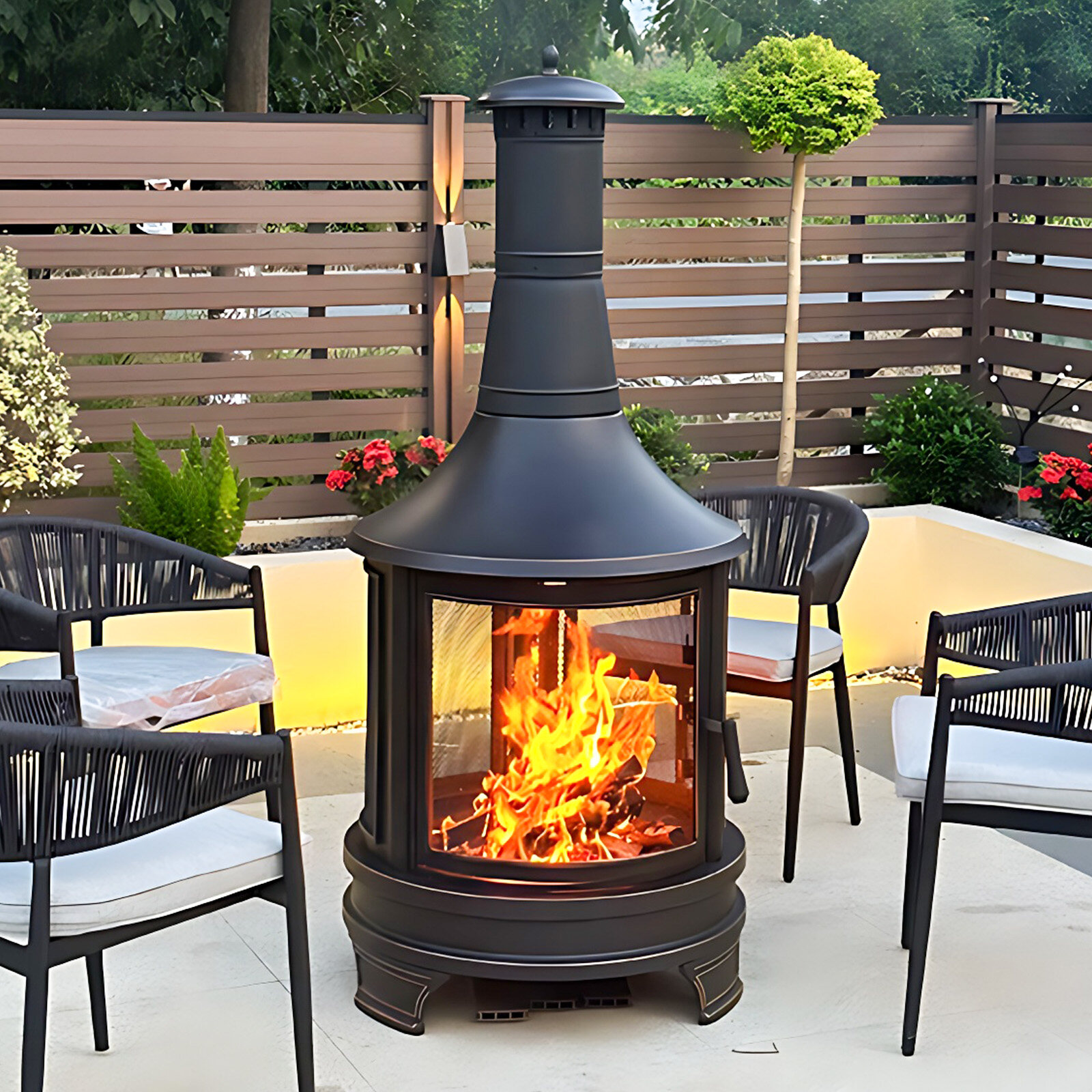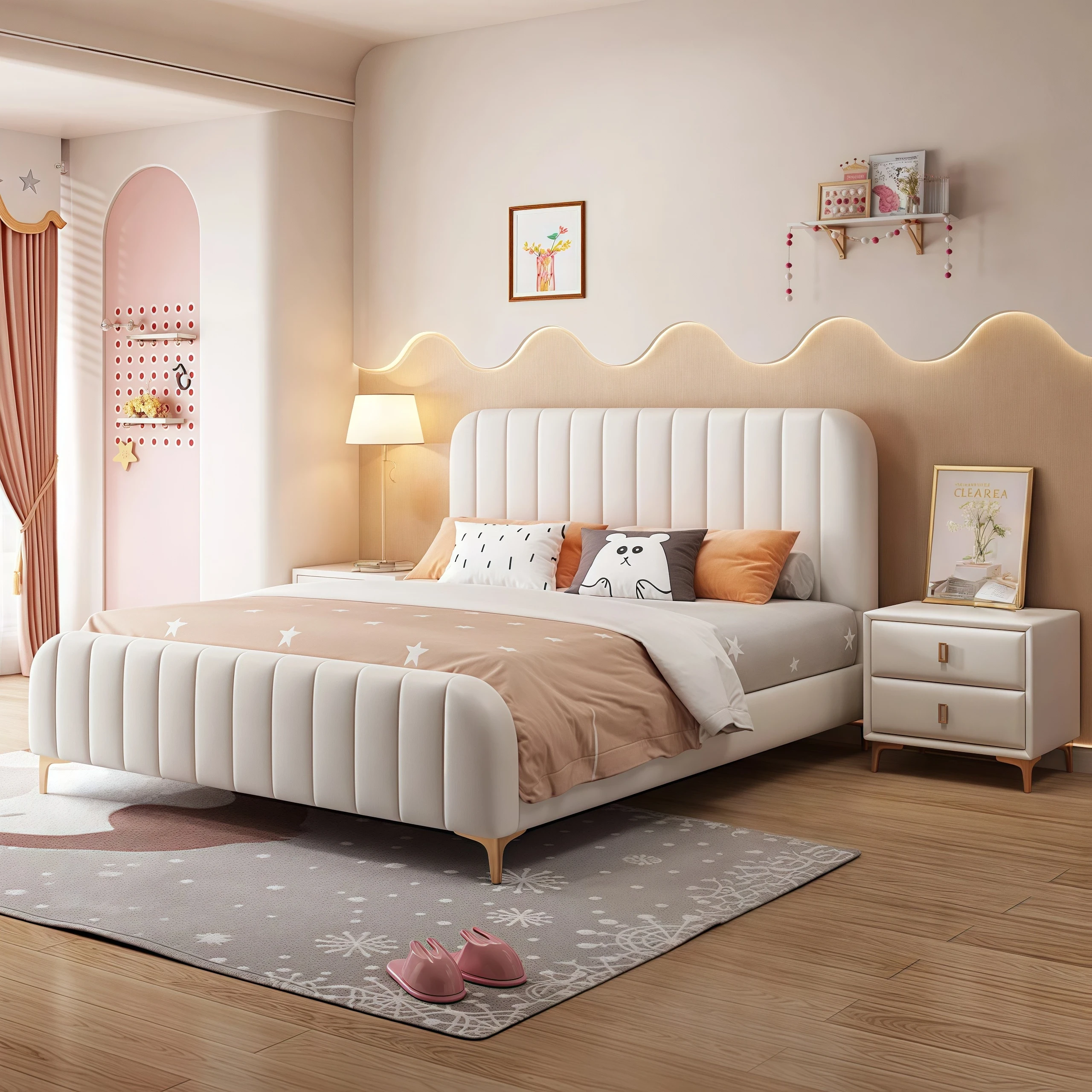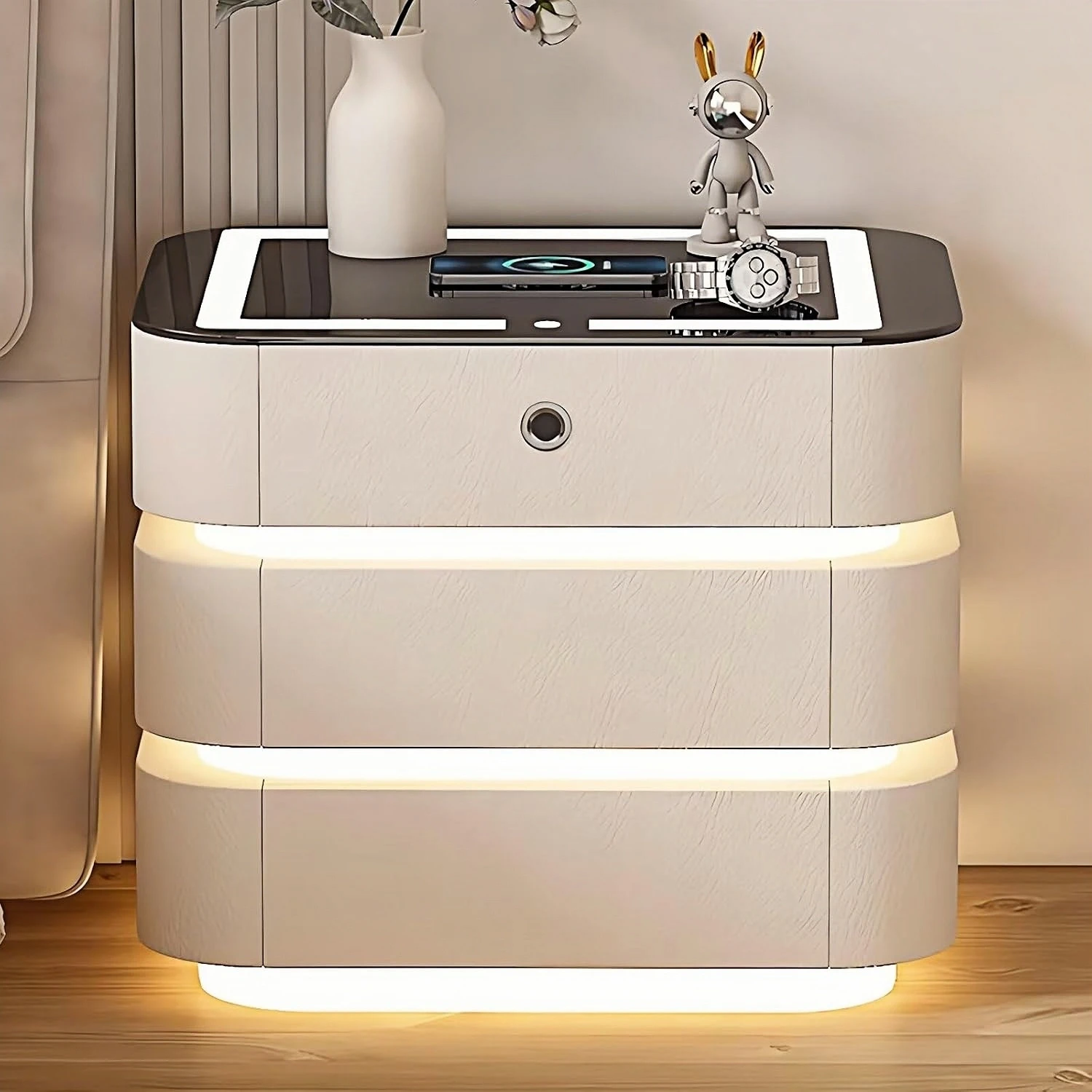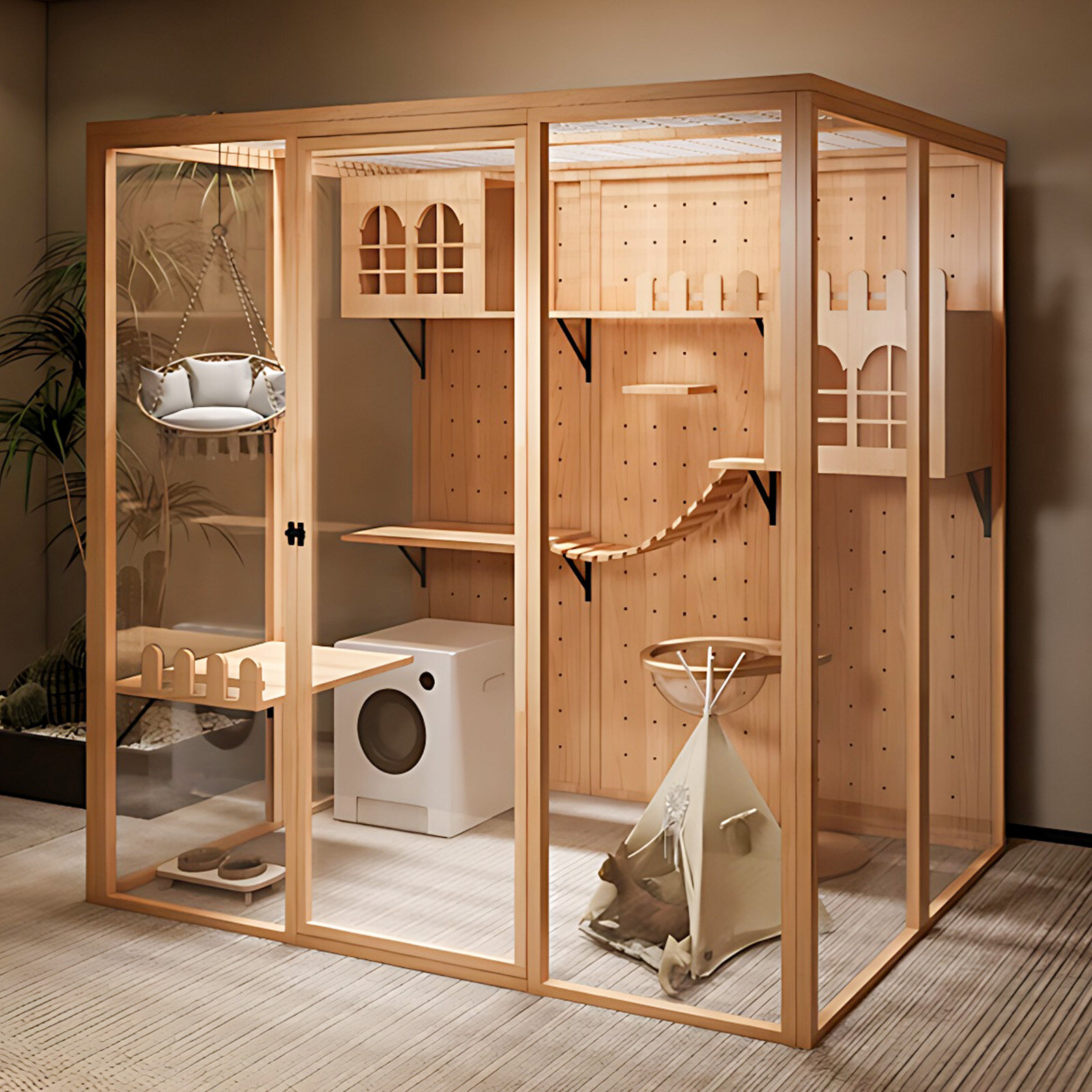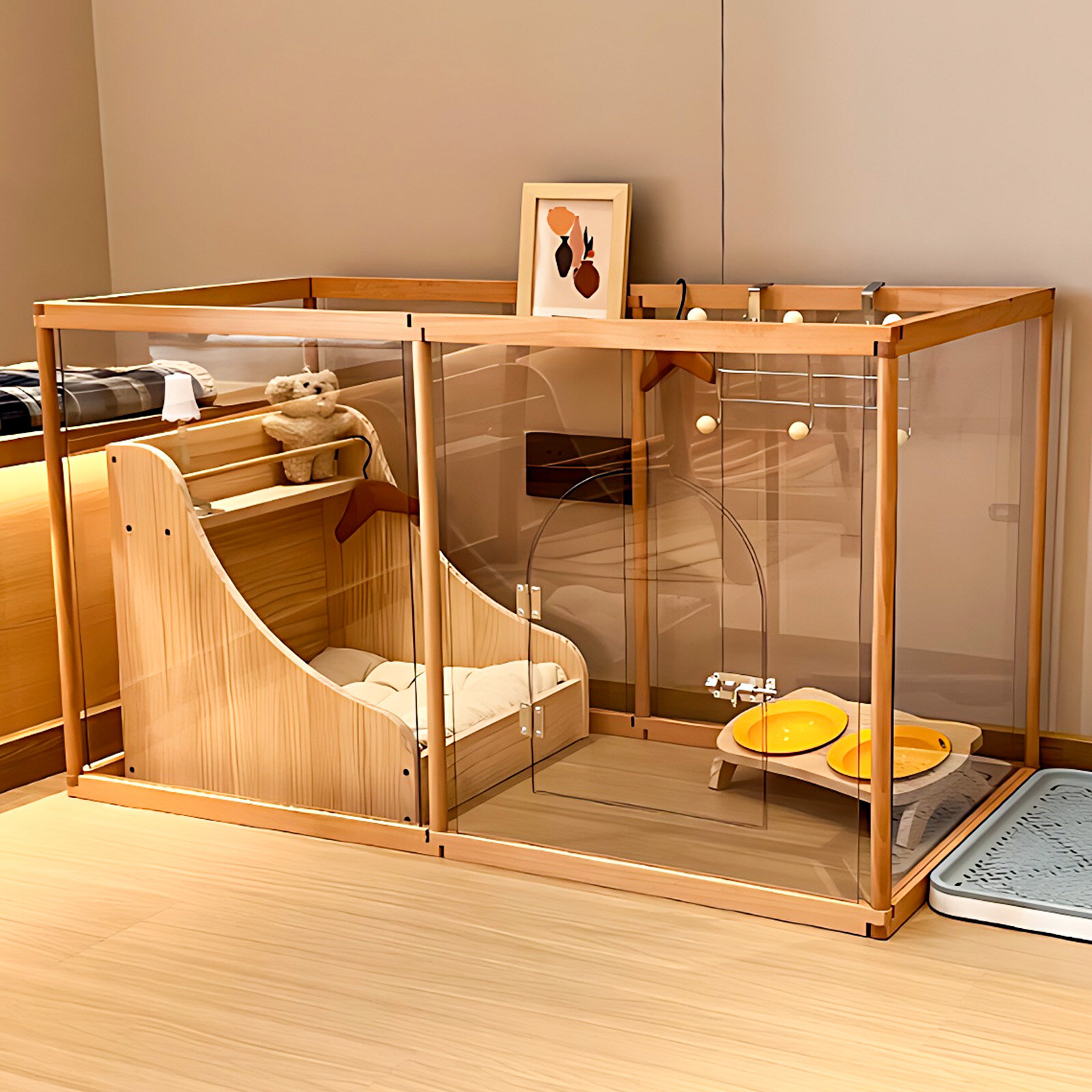Creating a soft yet functional living space is a big ask for a novice designer; the task feels daunting and exhilarating. Yet, this beginner's furniture design project case study serves to illustrate how a clear vision, careful selection, and thoughtful execution can coalesce into the transformation of a standard room into a retreat of functional coziness that feels too good and too layered and thoughtful to be an origin story.
Defining Goals, Budget, and Aesthetics
The journey starts with establishing precisely what the area needed to accomplish: a cosy lounging nook for hanging out, a work or reading corner that could sort of multitask, and just enough space for some part-time company. Style-wise, take a direction that melds the gentle geometrics of mid-century modern with the cool sophistication of contemporary minimalism. This look gave us much leeway yet still felt refined and ruly.
Conducting Research and Building Visual References
Once those basic parameters are established, the designer dives into a visual research and mood-boarding phase to further hone their vision. This is not simply a cosmetic exercise but a necessary expansion of the beginner's furniture design project case study method, like focusing a camera lens, that allows the designer to see more clearly. What the designer became drawn to and inspired by in this process led to the decisions that are better made in the design office than in the boardroom.
Planning Space and Flow with Precision
Visuals are translated into spatial realities by the designer, who uses a free 3D planner to map out and play with furniture placement, ensuring clear, three-foot pathways for traffic and marking off areas where people might want to talk or use media.
At this phase, a large, boxy armchair gets replaced with a sleek, swivelling lounge chair that exemplifies an incrementalism seen in many early-stage furniture design projects. Adjustments might seem small, but yield big payoffs in comfort and performance.
Material Selection and Palette Formation
The design is anchored in deliberate material choices, with durable, polyester-upholstered seating, smooth marble tabletops, and powder-coated metal finishes. The soft and hard, clean and textured balance here says more about structure and surface than anything done in the beginner's furniture design project case study, which is precisely the point.
When beginners make furniture, a spotlight on good material choices is 80 percent of the way toward good design because they inherently guide the atmosphere without overtaking it.
Sourcing Signature Accents
To create a memorable effect, the designer can choose a wide variety of armchairs. These chairs feature clean lines and a well-proportioned silhouette—an ideal complement to a neutral scheme, offering excellent support for daily use.
To pair with the armchair, a companion dining table featuring a marble top and metal framing serves as a stylish and durable surface. This table provides an anchor for the seating group and introduces a refined contrast that makes the ensemble pop. Together, these pieces fulfil the fundamental furniture design requirements, echoing many beginner's furniture design project case study examples.
Assembly and Layered Styling
The delivery of the occasional table and swivel chair was timed so they could be placed thoughtfully, with care allowed for the gradual styling that turns a basic project into something more.
As the pieces are fitted together, accents are added, most notably a folded throw draped over the chair, a warm lamp on the table, and a collection of books and ceramics arranged in an organic, not-quite-symmetrical manner. The choice of decorative elements all but shouted intentionality, echoing the appearance of the overall aesthetic.
Final Layout and Daily Experience
The room now effortlessly supports relaxed reading, light conversation, or even an impromptu workspace, with all elements in place. The swivel chair offers comfort and mobility, the occasional table serves as both an artistic statement and a practical surface, and the circulation paths remain uncluttered and intuitive. Together, they embody a successful realization of a beginner's furniture design project case study through a balanced blend of beauty and practicality.
Reflection and Key Takeaways
A clear process leads to a clear outcome. Furniture design, particularly for beginners, can benefit from following a methodical model of steps that, when taken in order, yield a specific, visually harmonious result. Not that the visually harmonious is synonymous with the successful, but it is certainly a traditional measure of success.
What follows, then, is a description of a simple process that begins with a specific function aimed at a certain audience, establishes clear financial limits to conform to, and winds around to visual decisions that pair key items with supporting pieces.
Recommendation
For stylish, high-quality, contemporary furniture solutions, Suncharm offers an impeccable selection of pieces perfectly suited to residential, commercial, and hospitality spaces. Partnering with Suncharm, a valuable ally, enables access to premium selections that bring any interior vision to life.

 USD
USD
 GBP
GBP
 EUR
EUR
